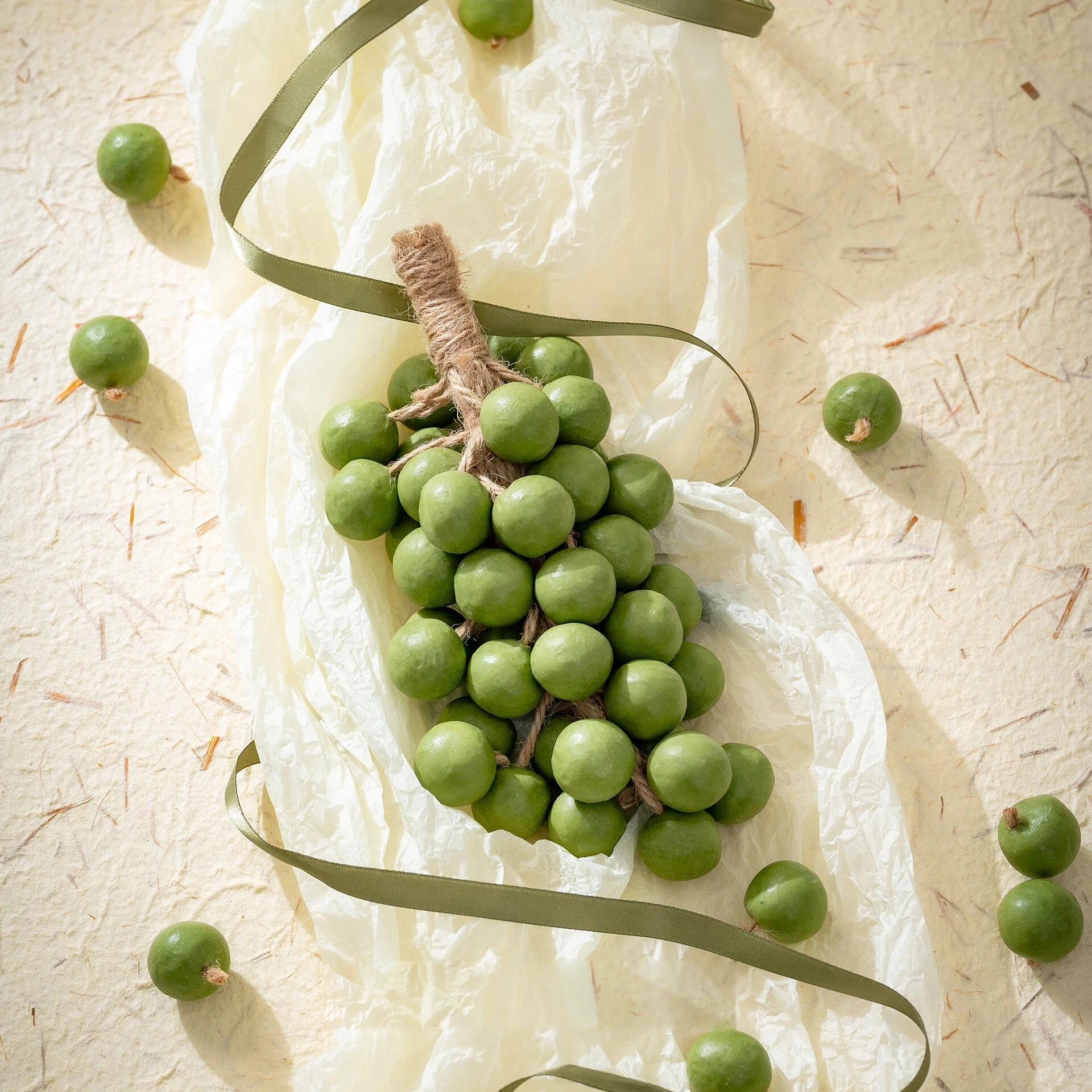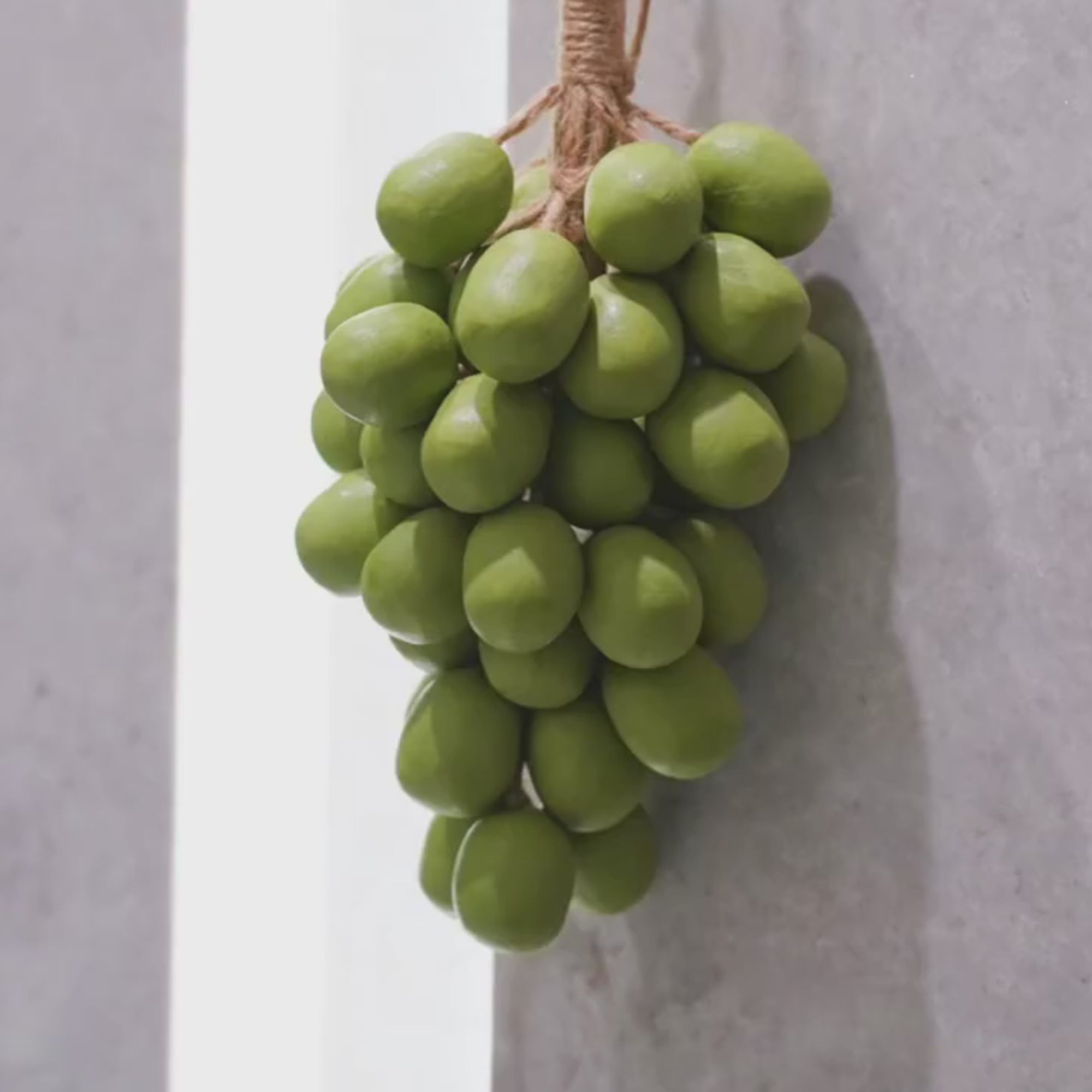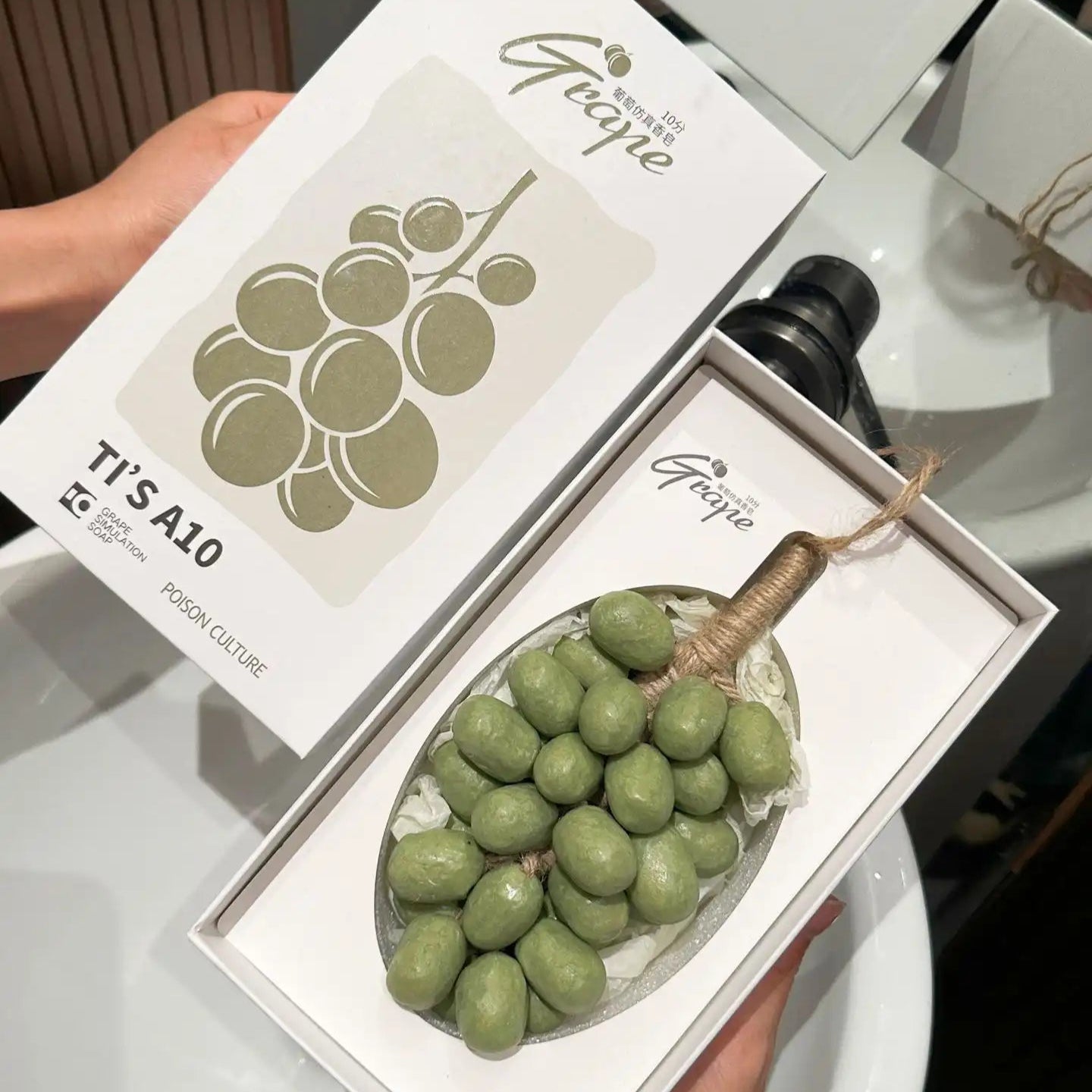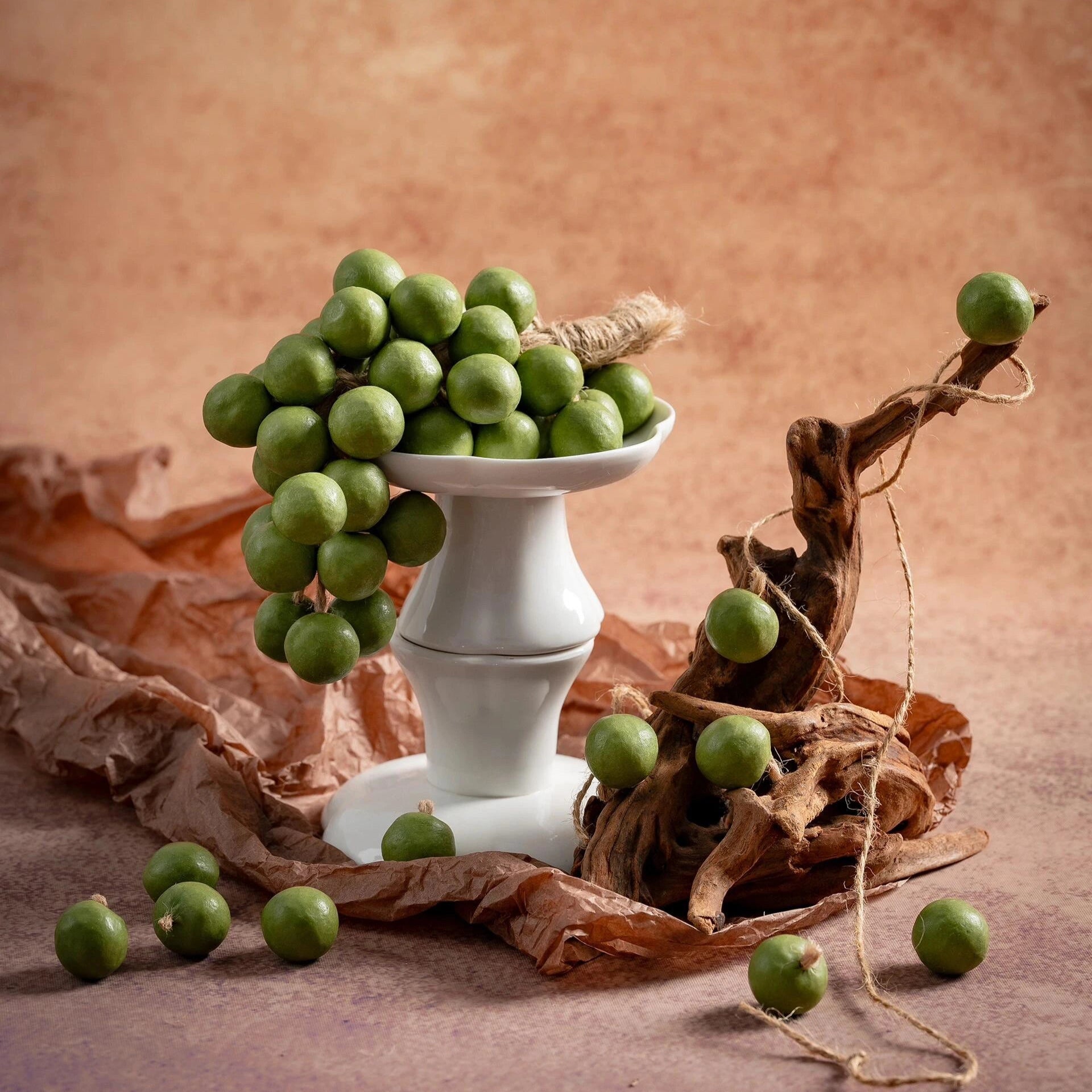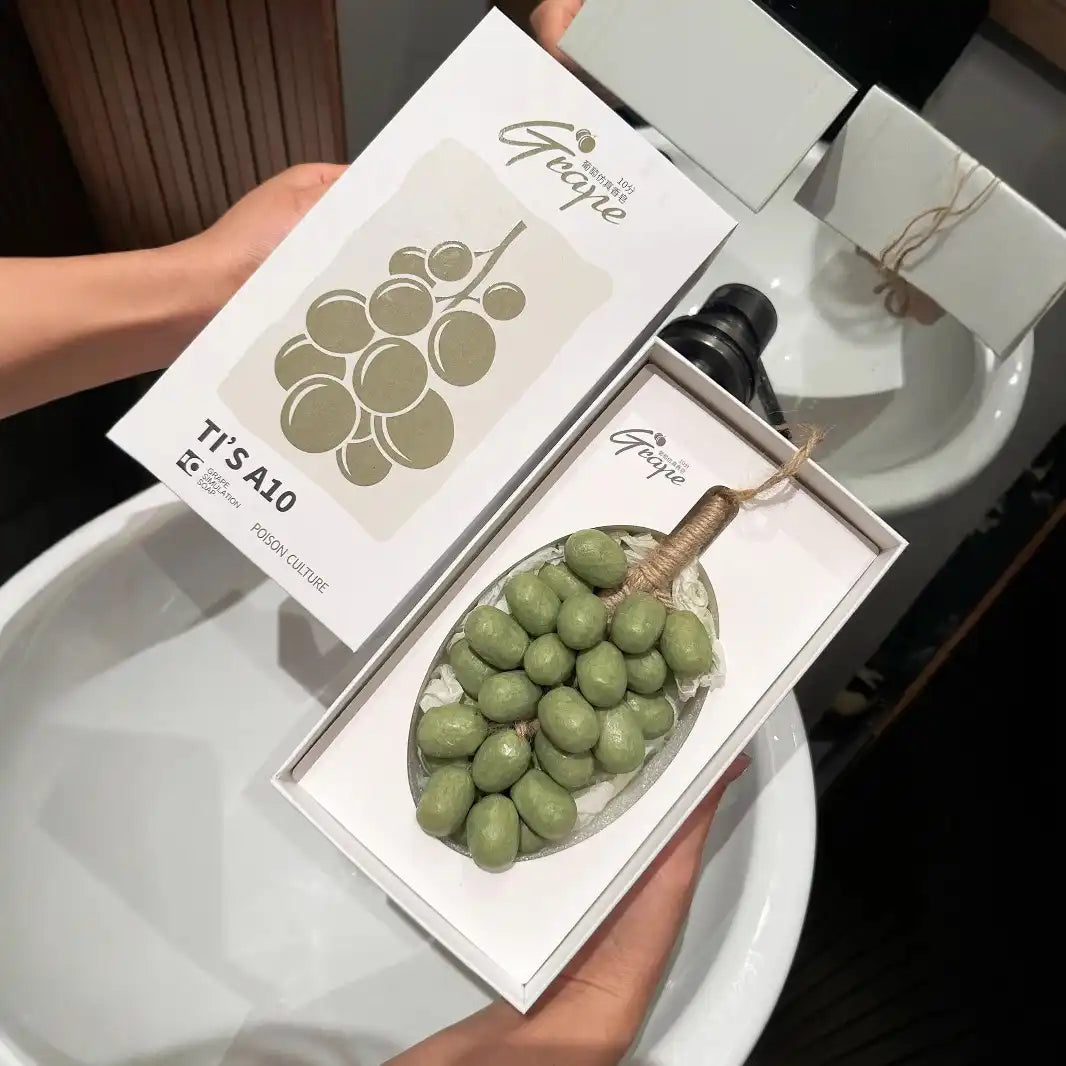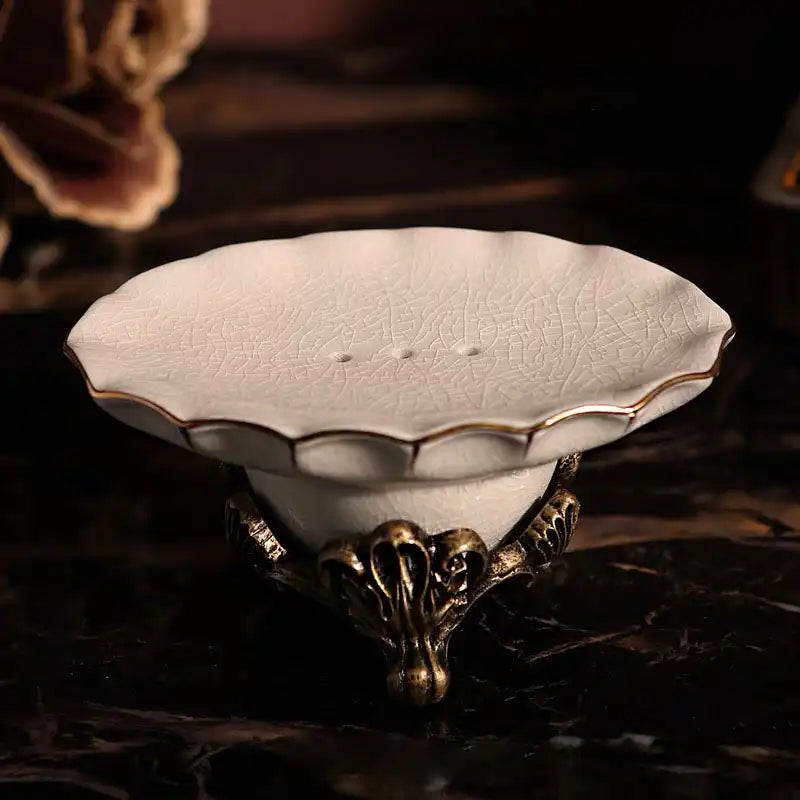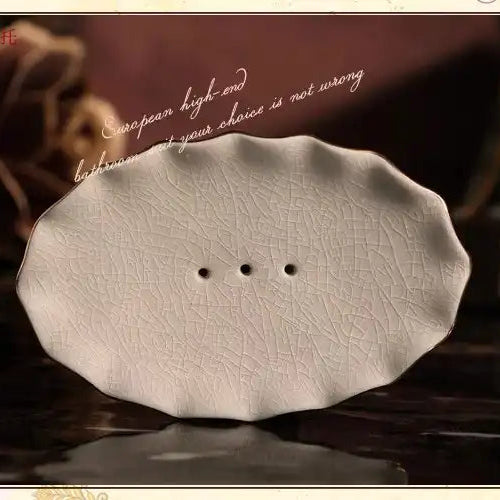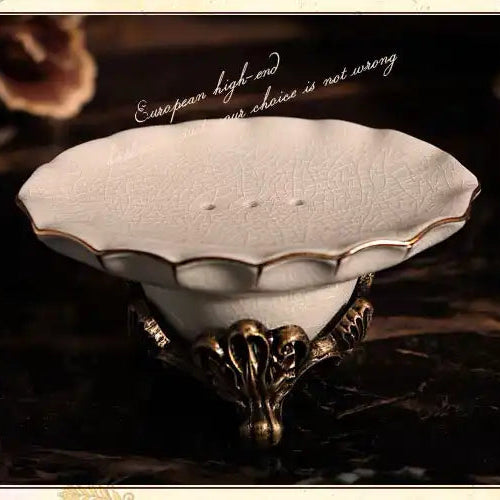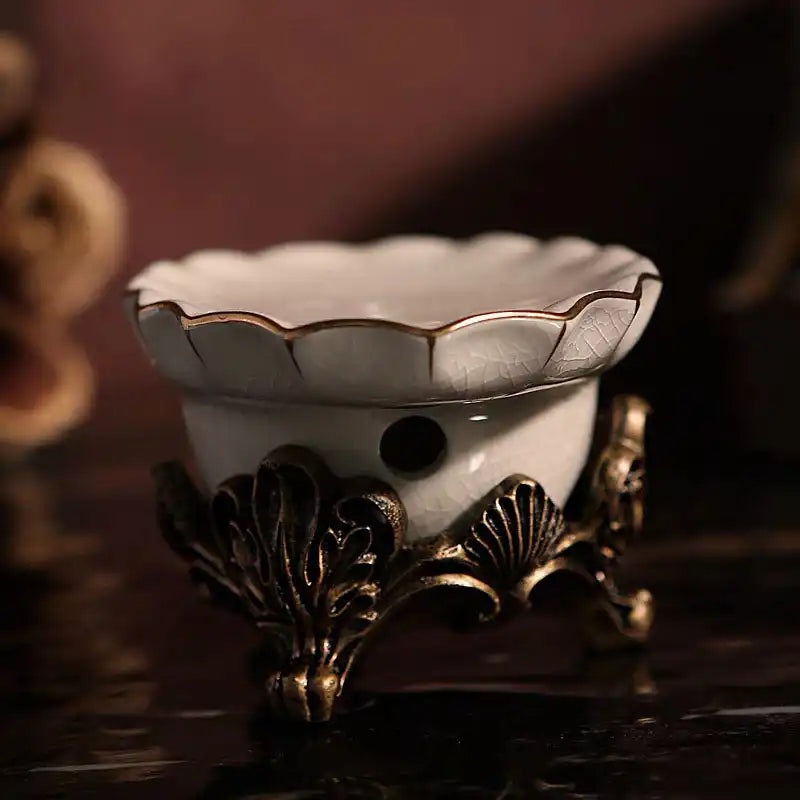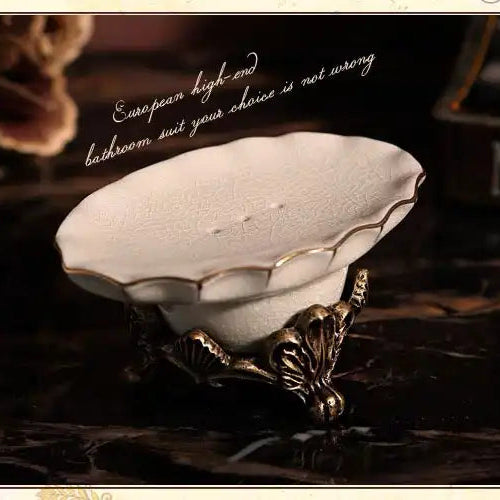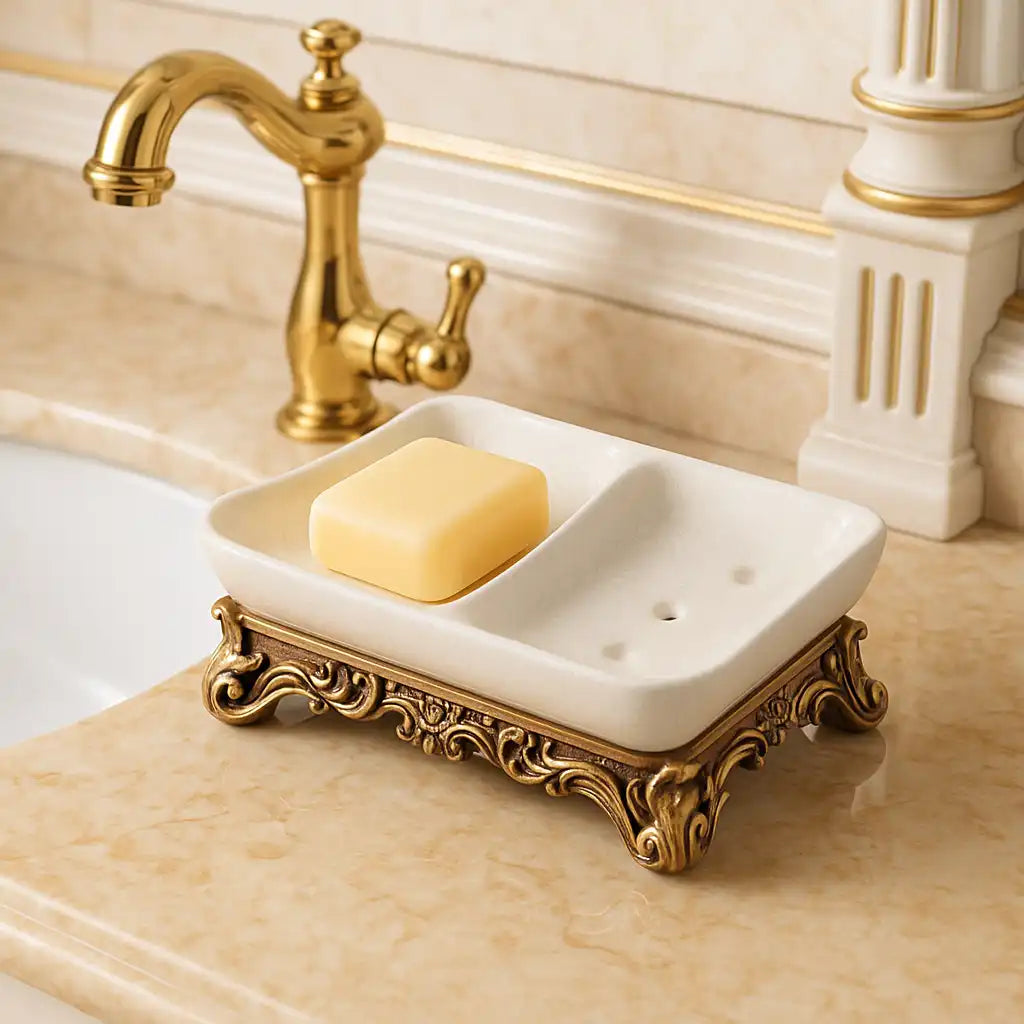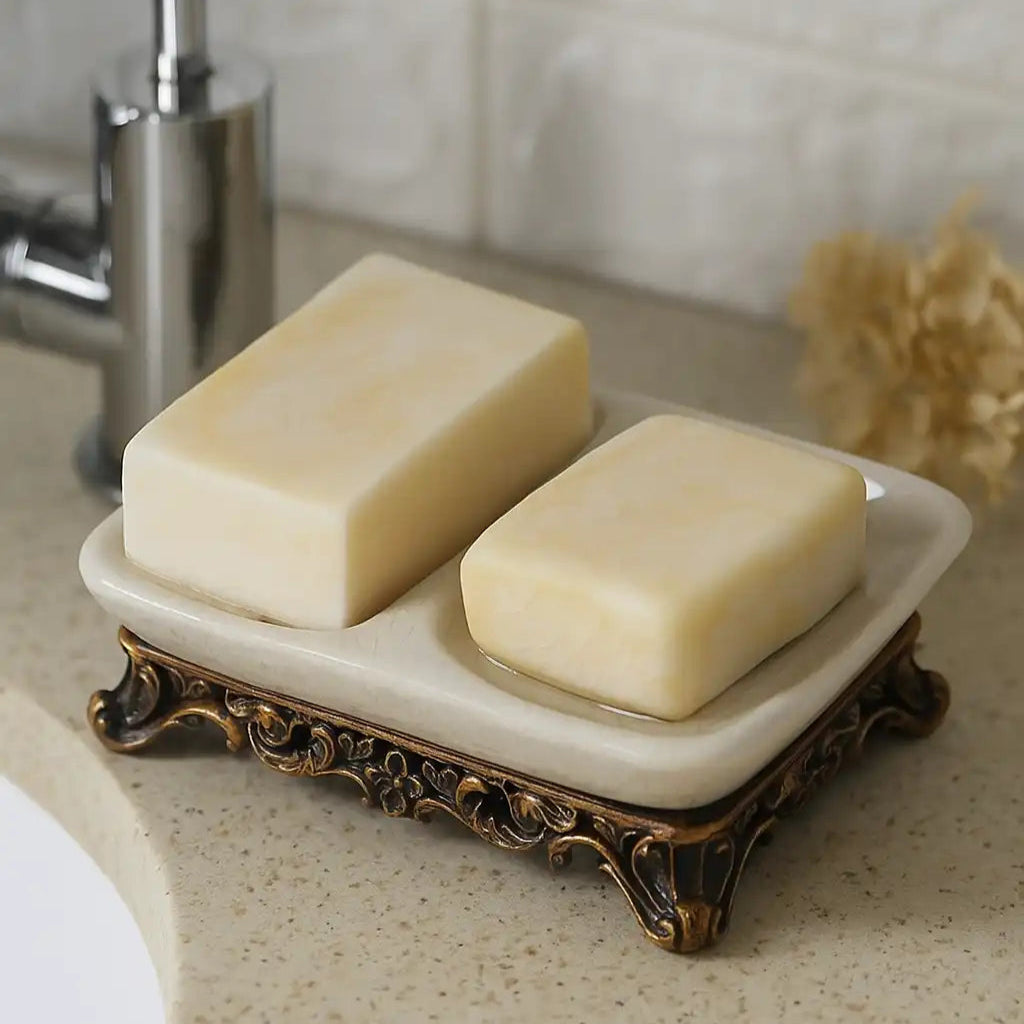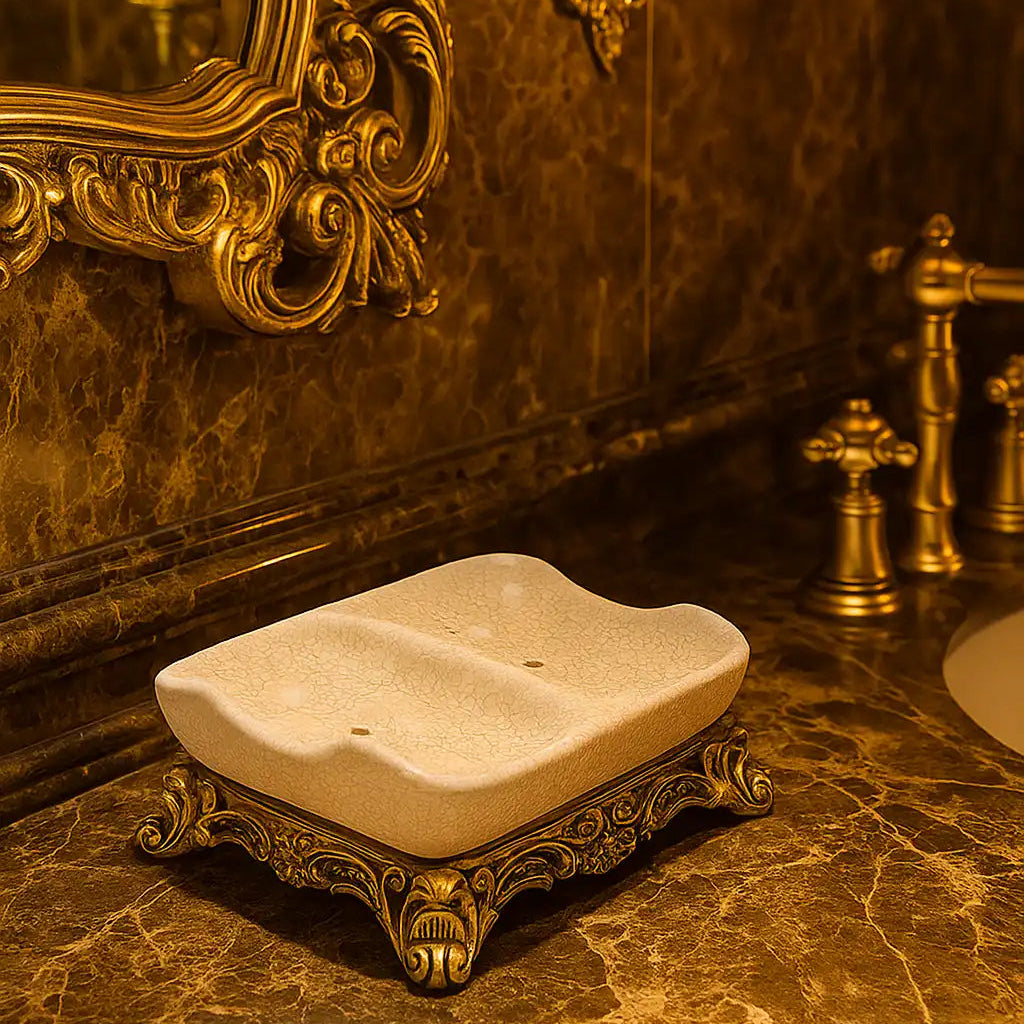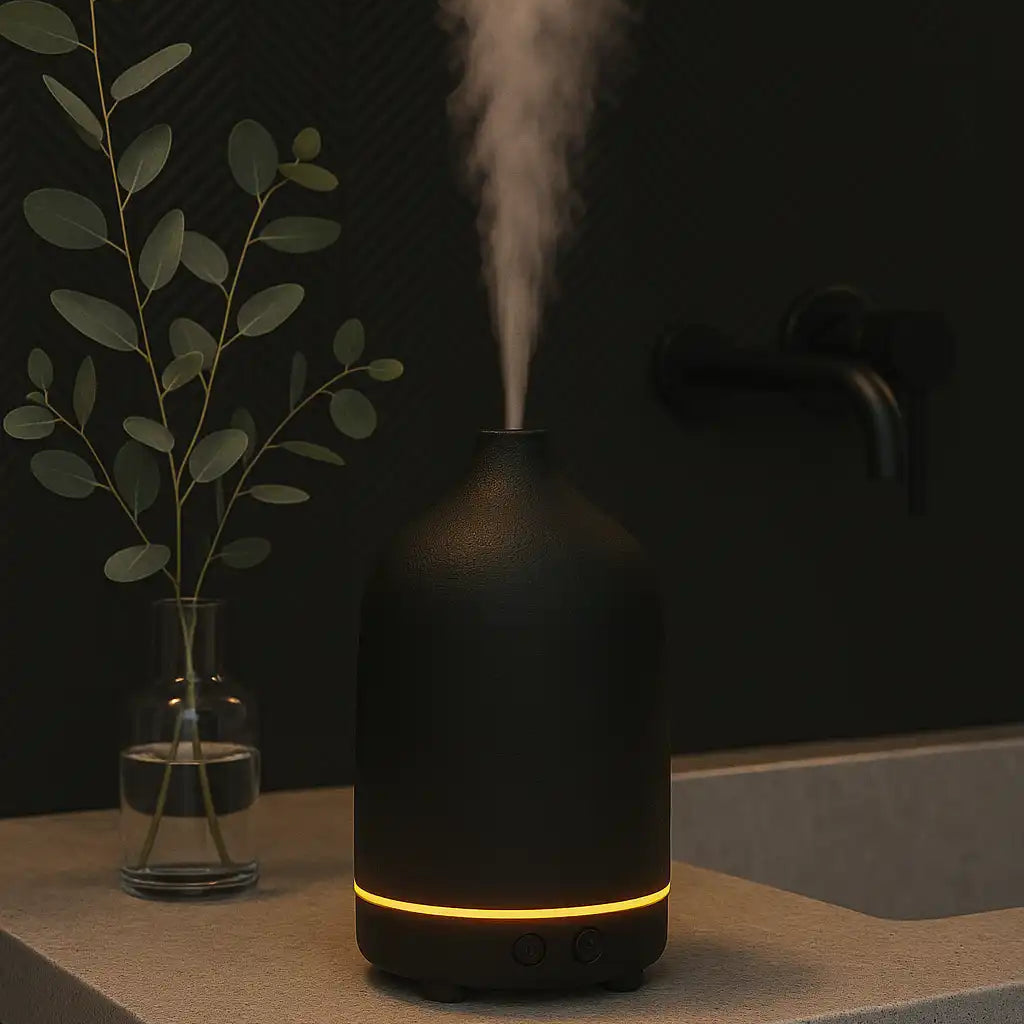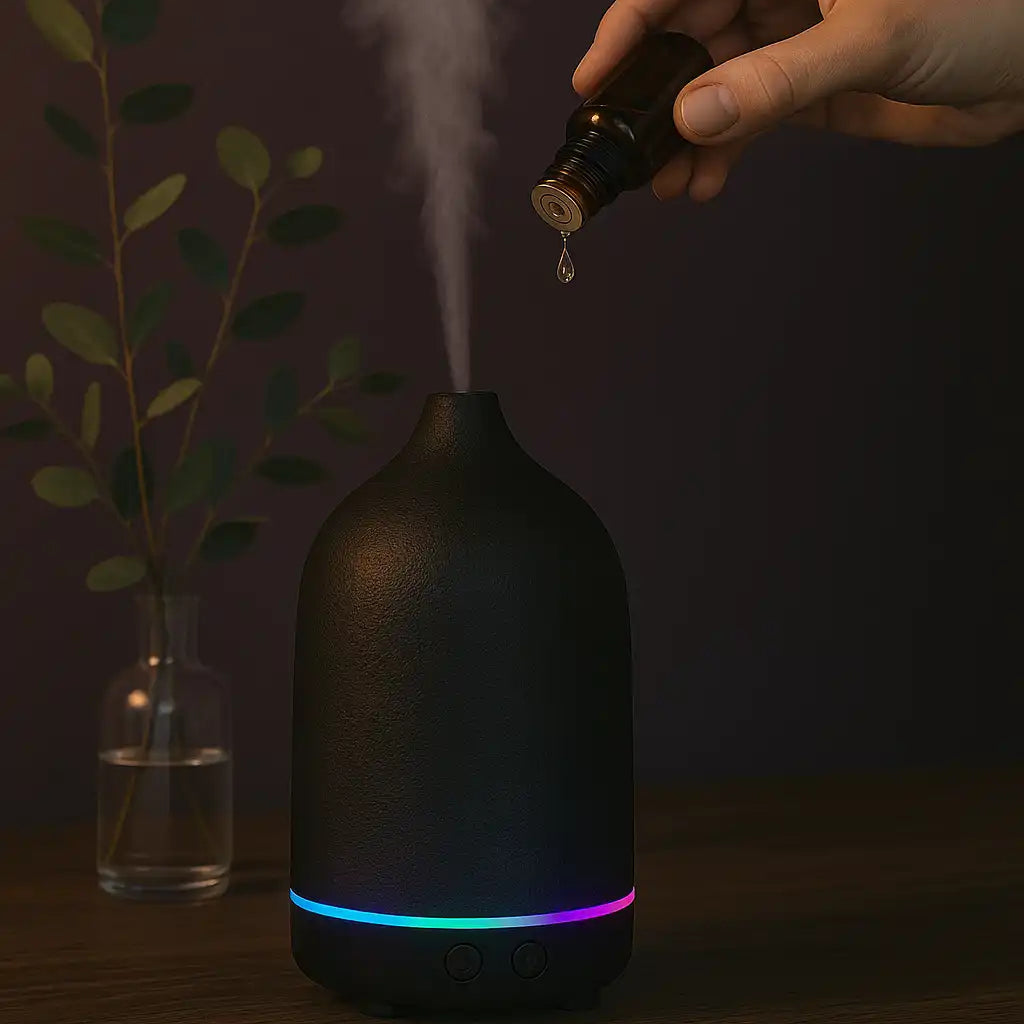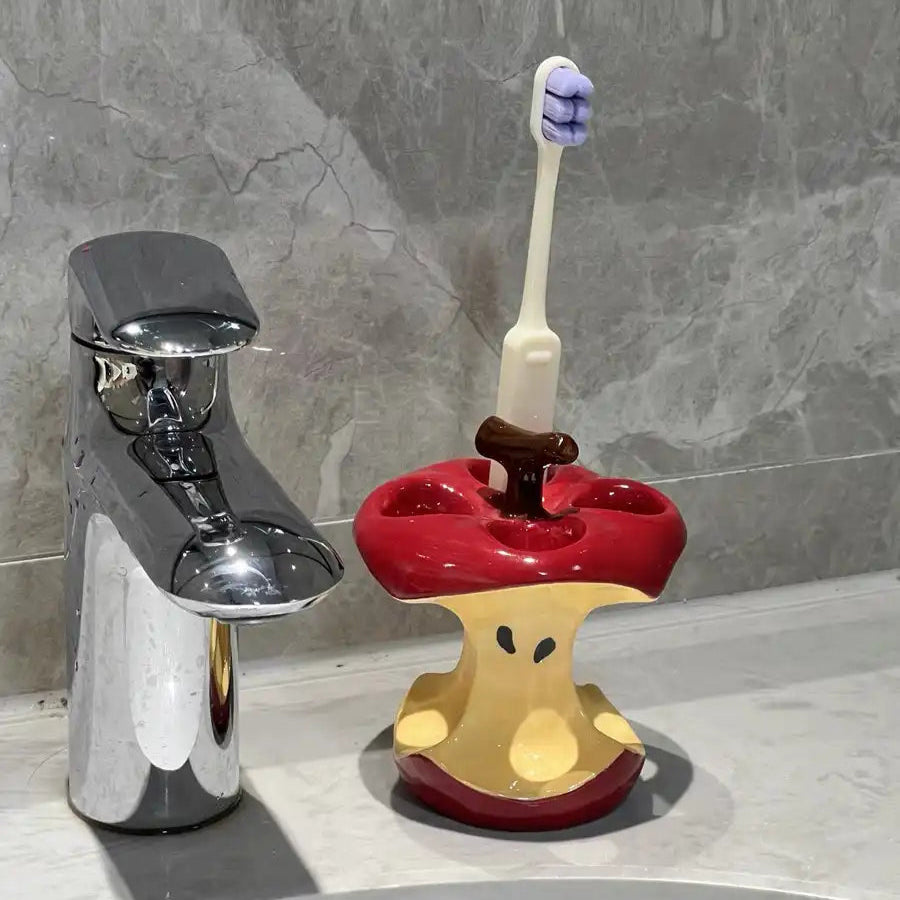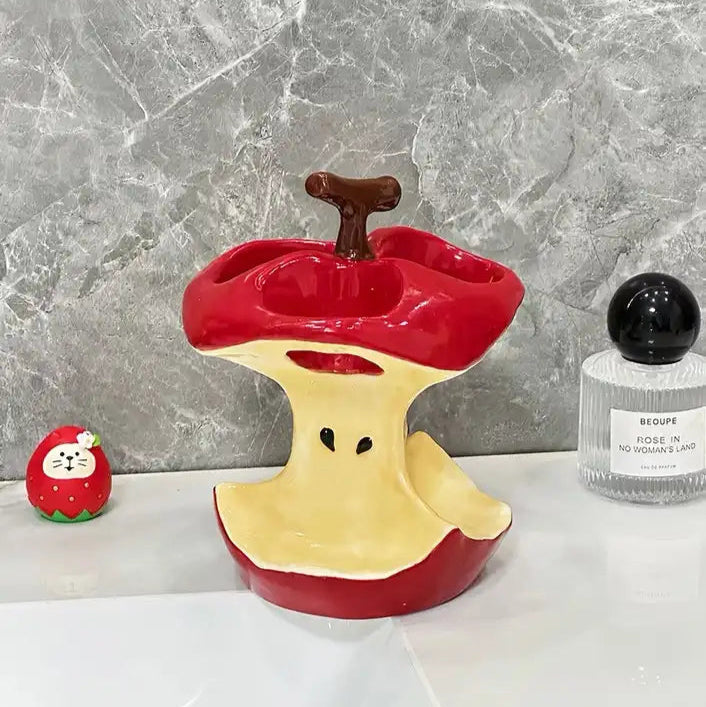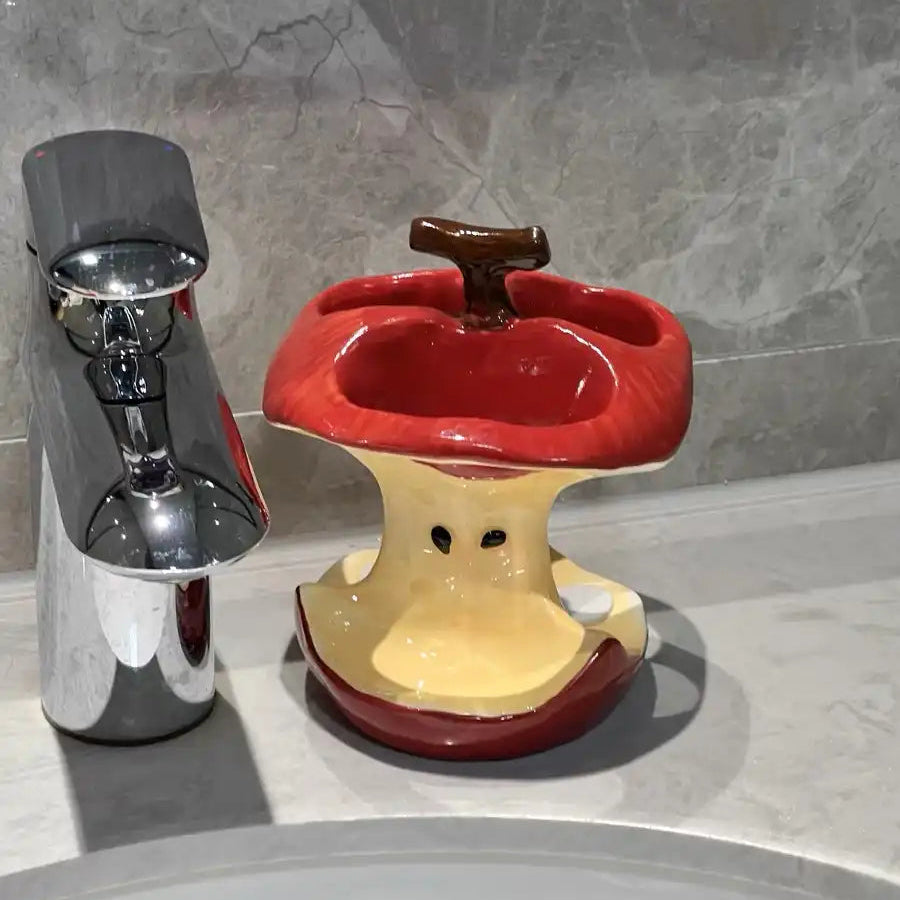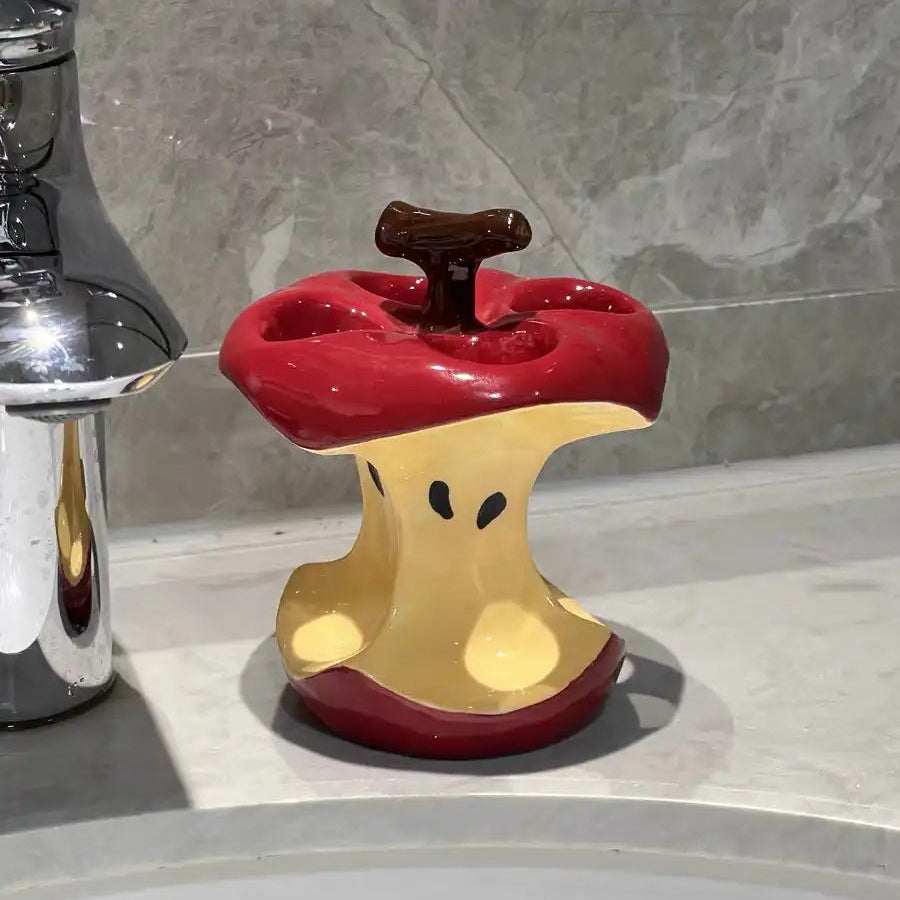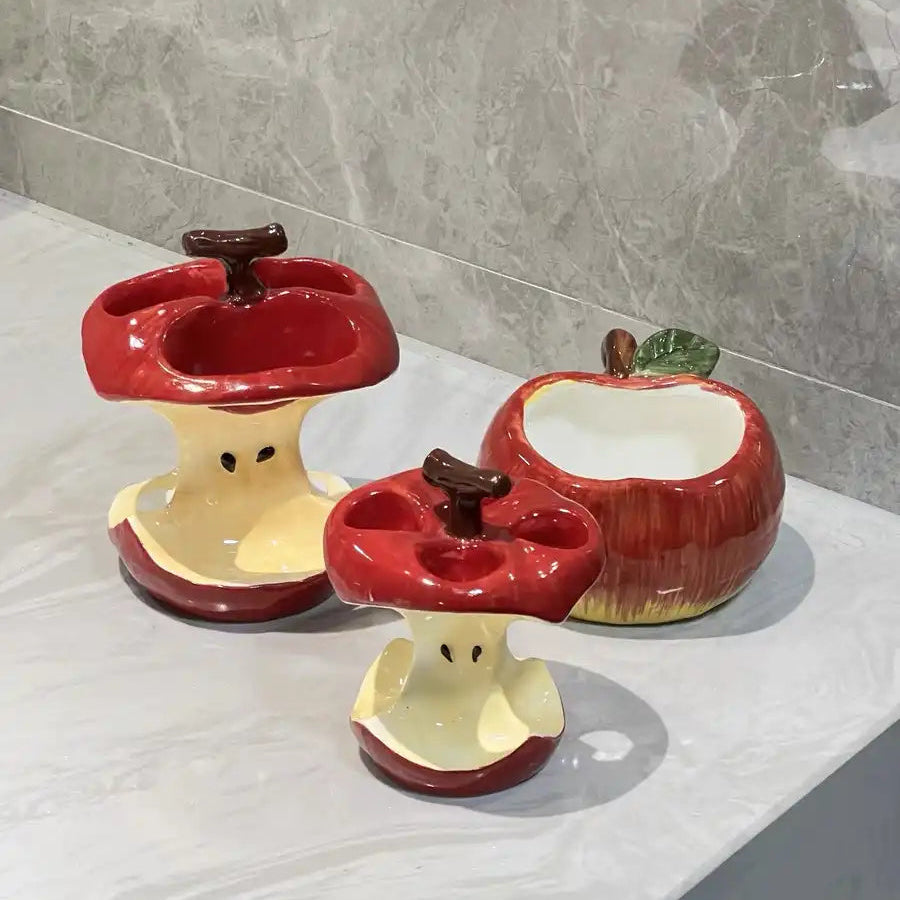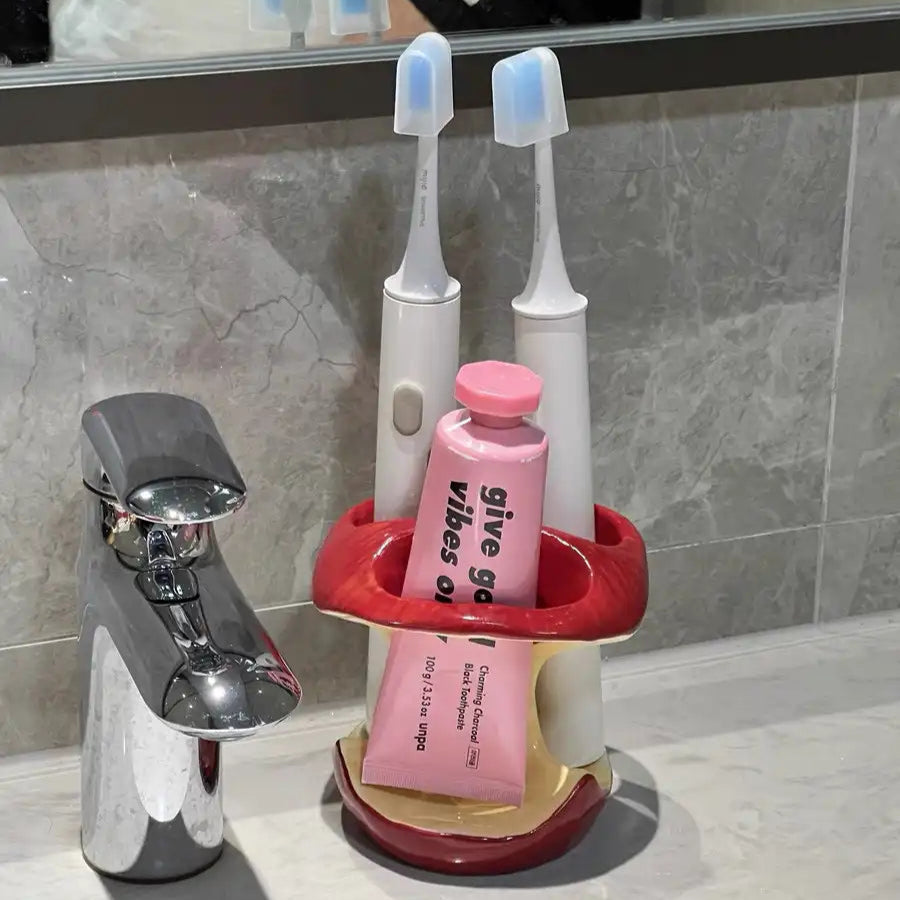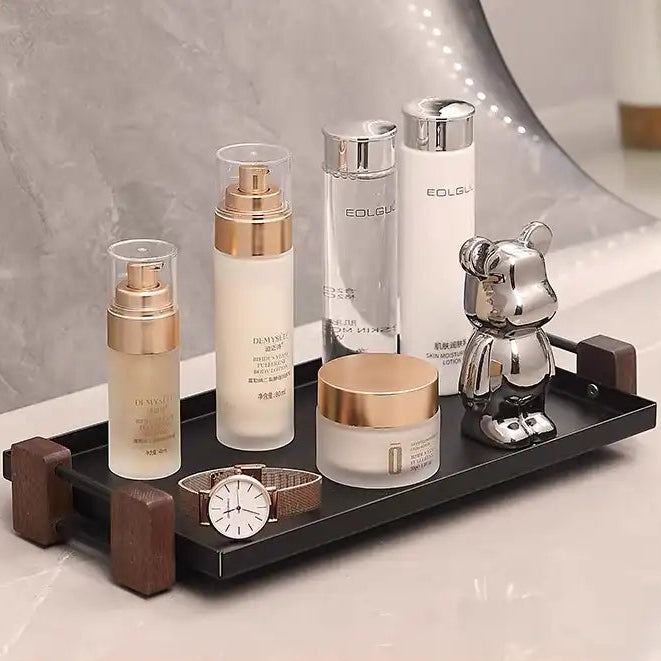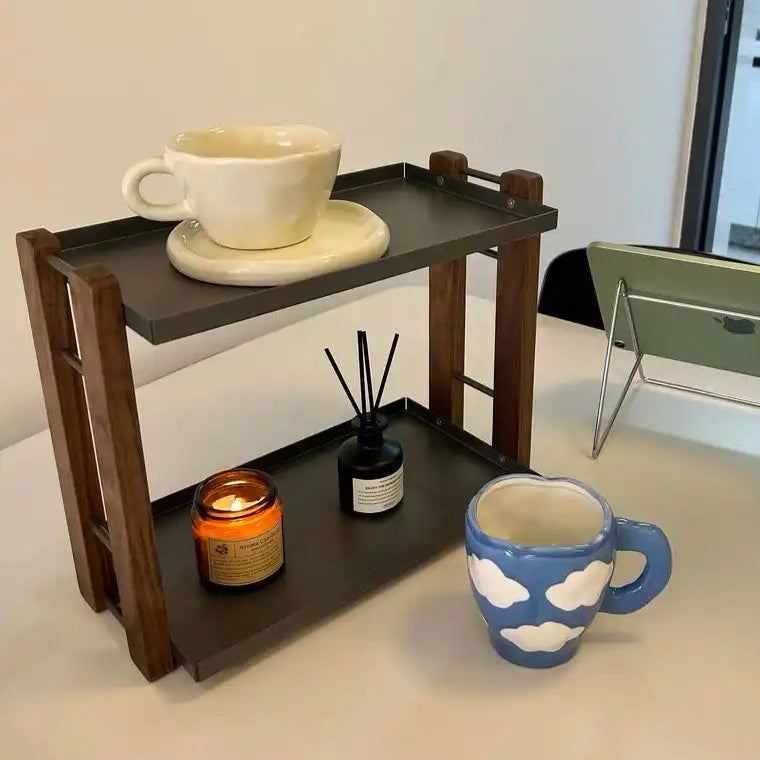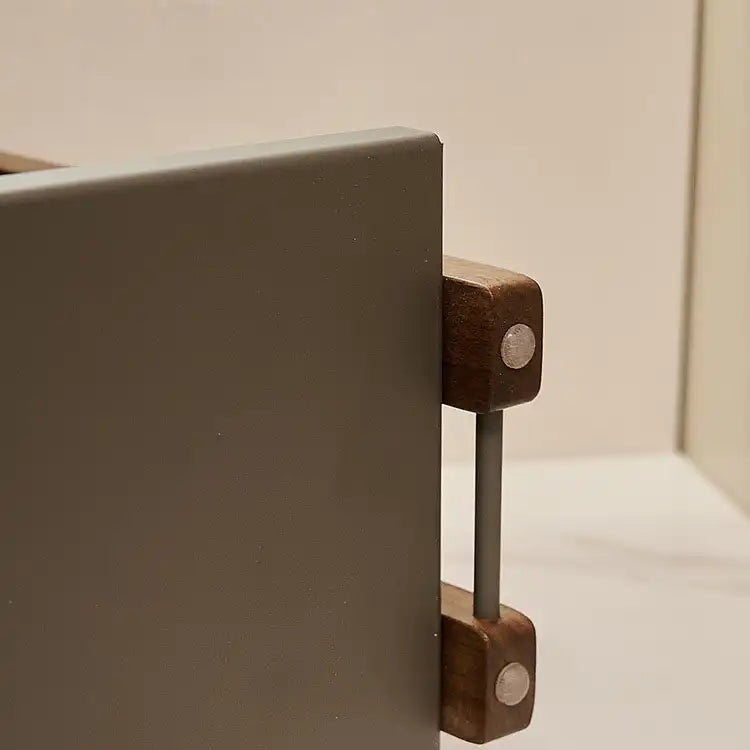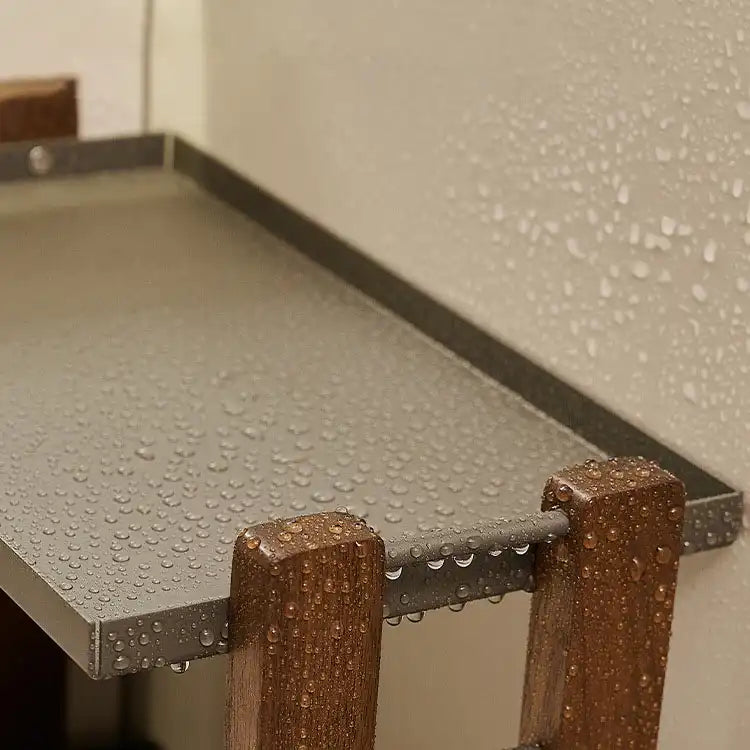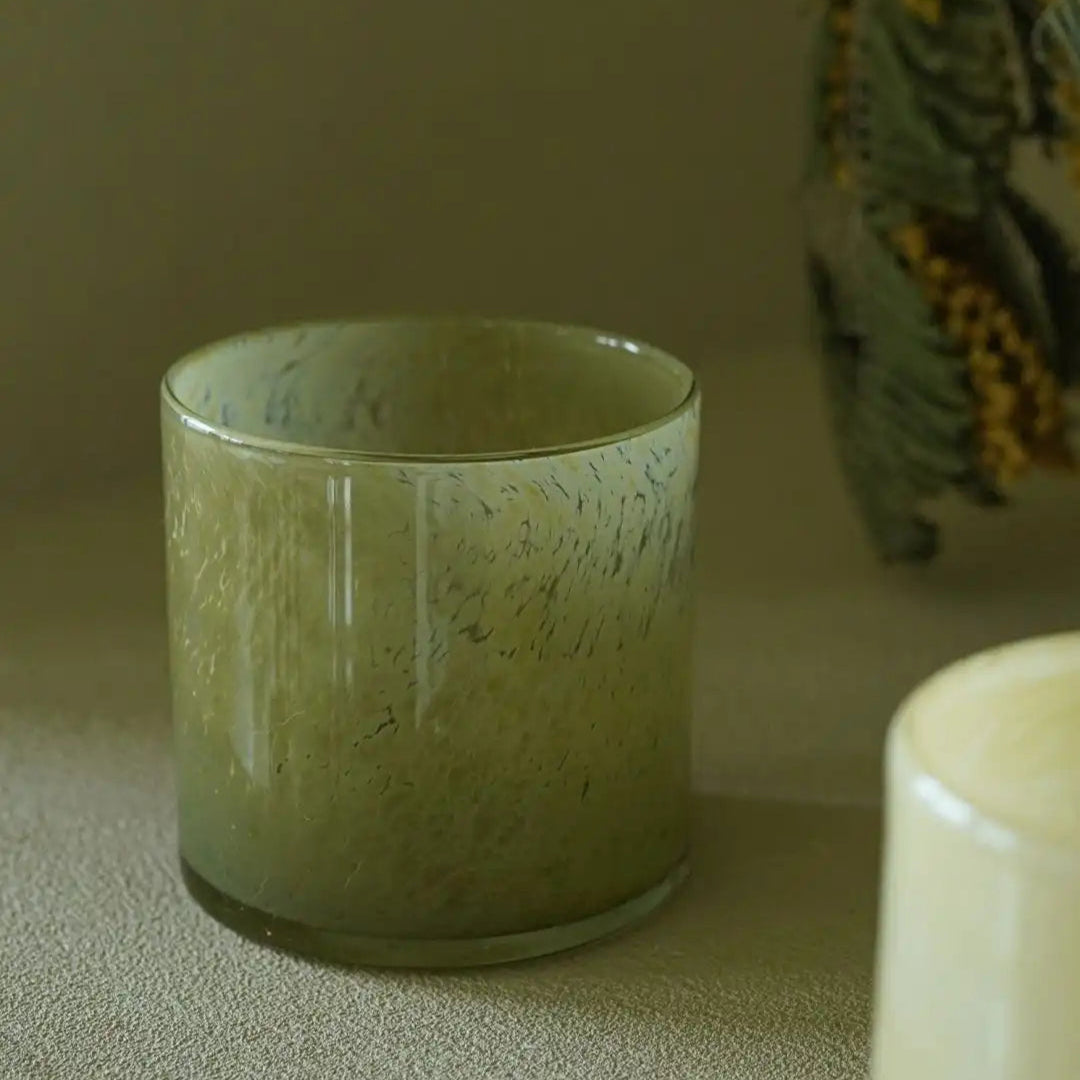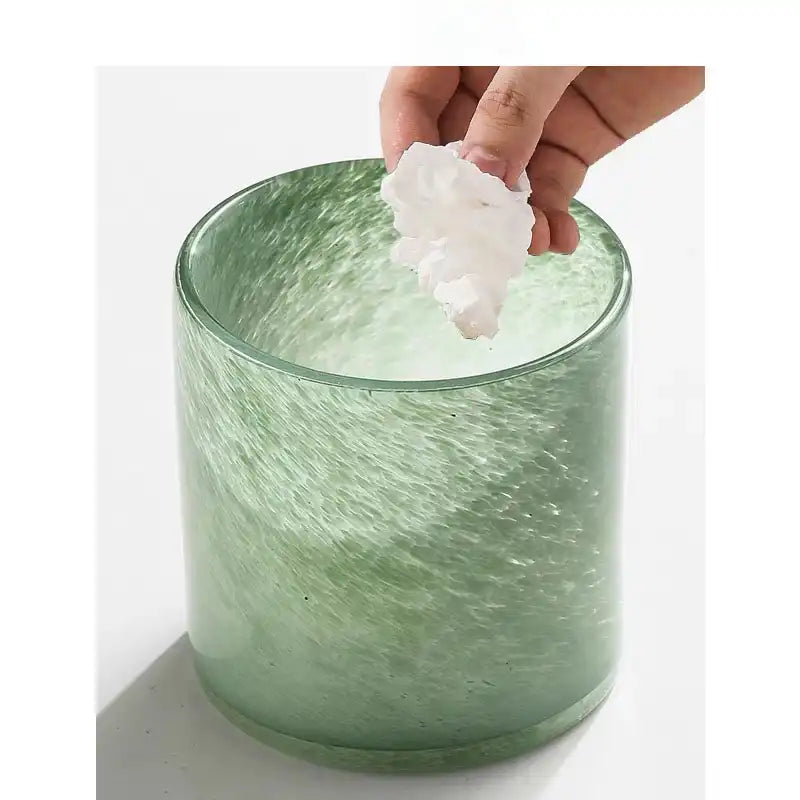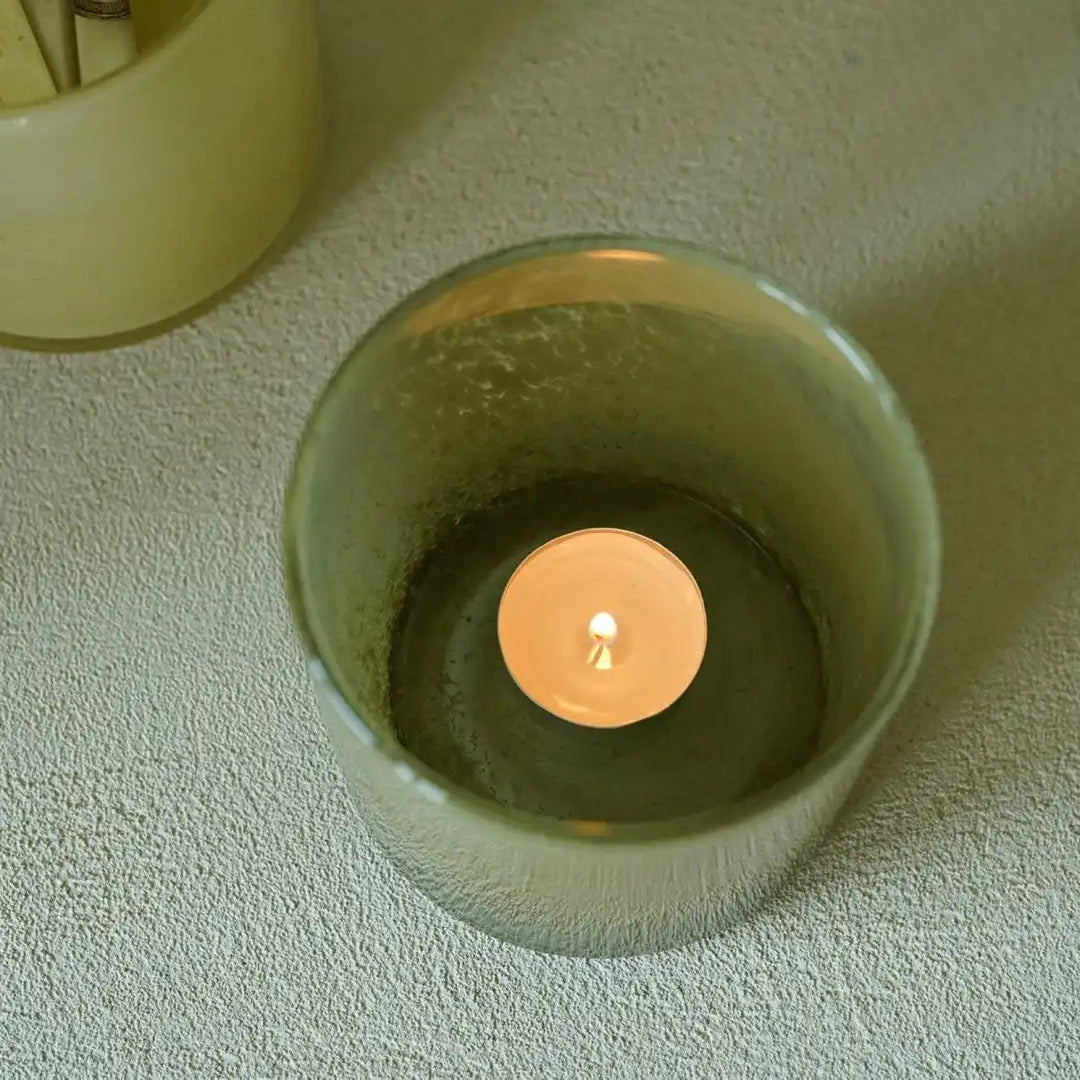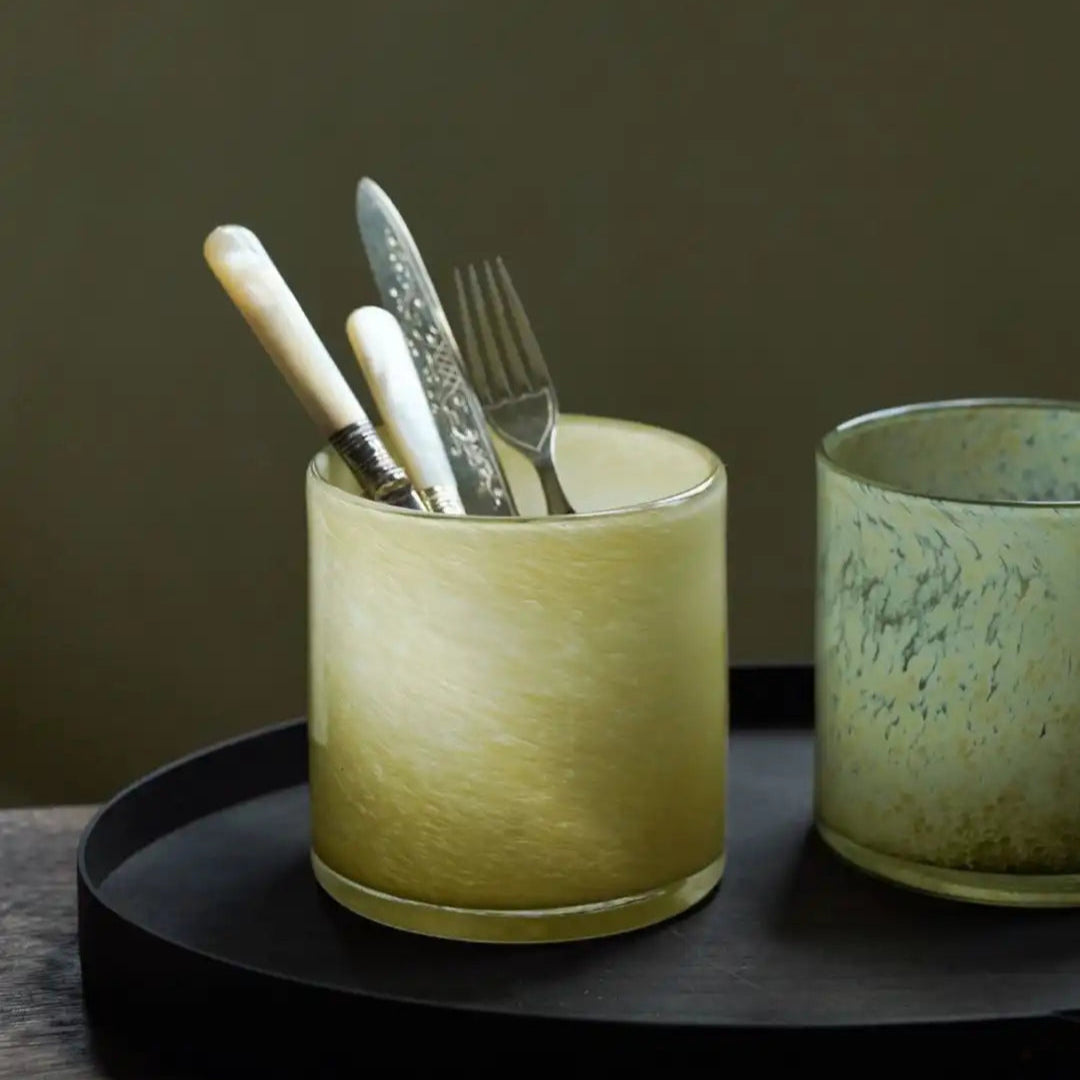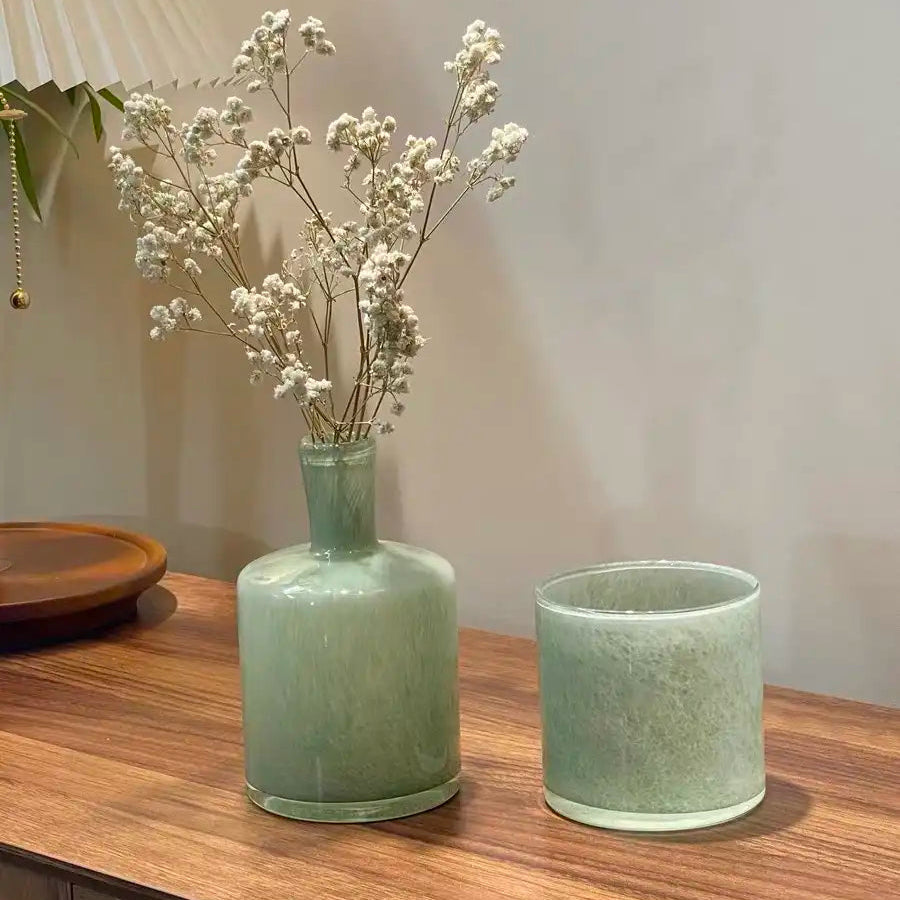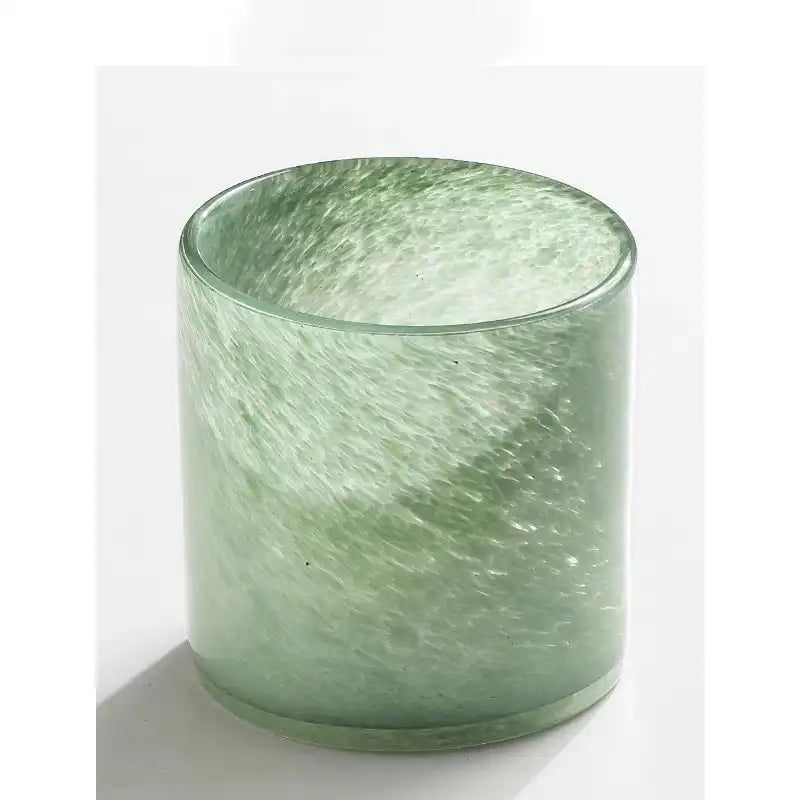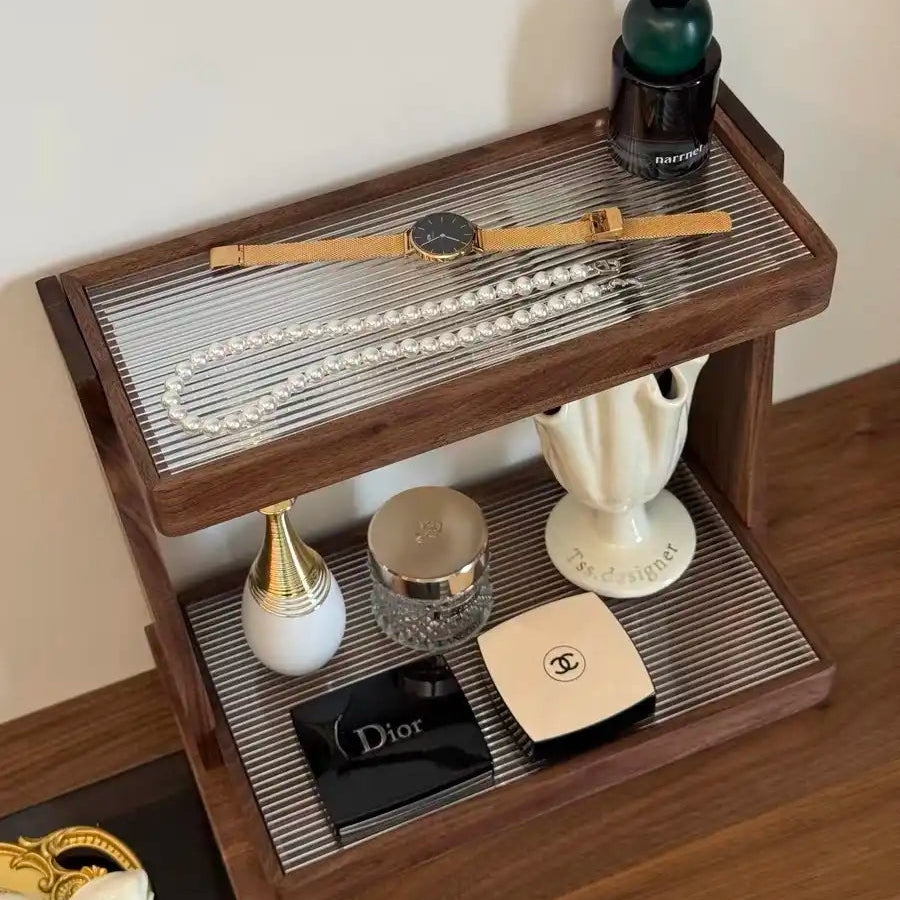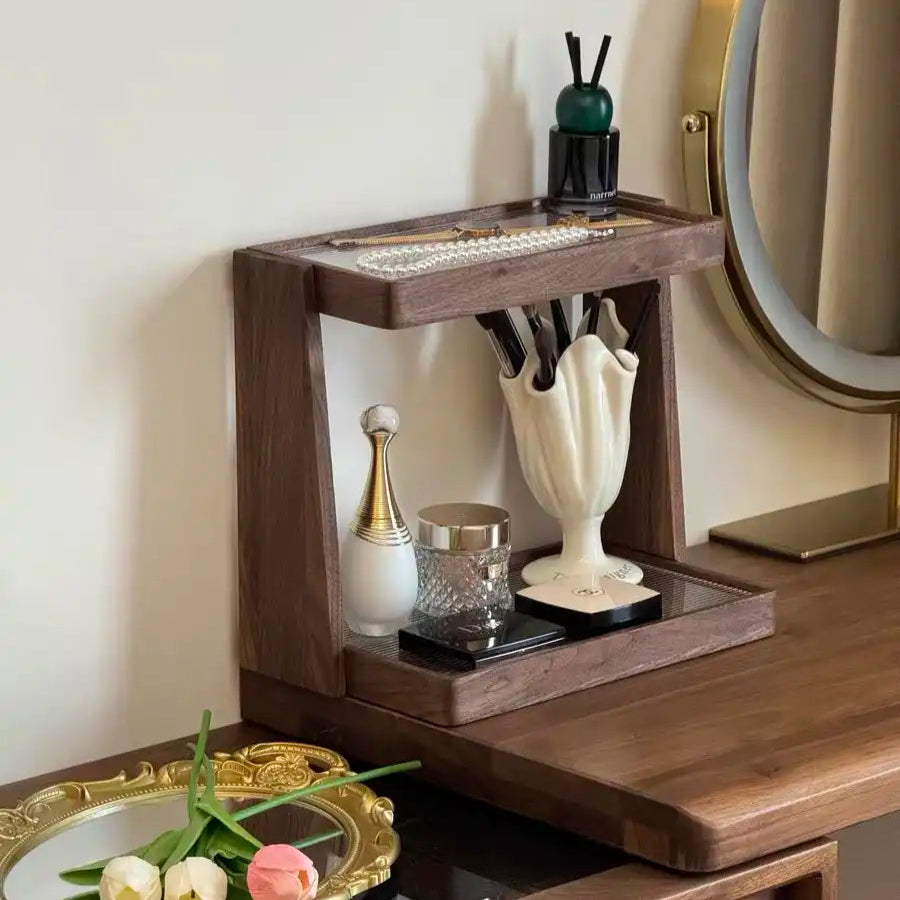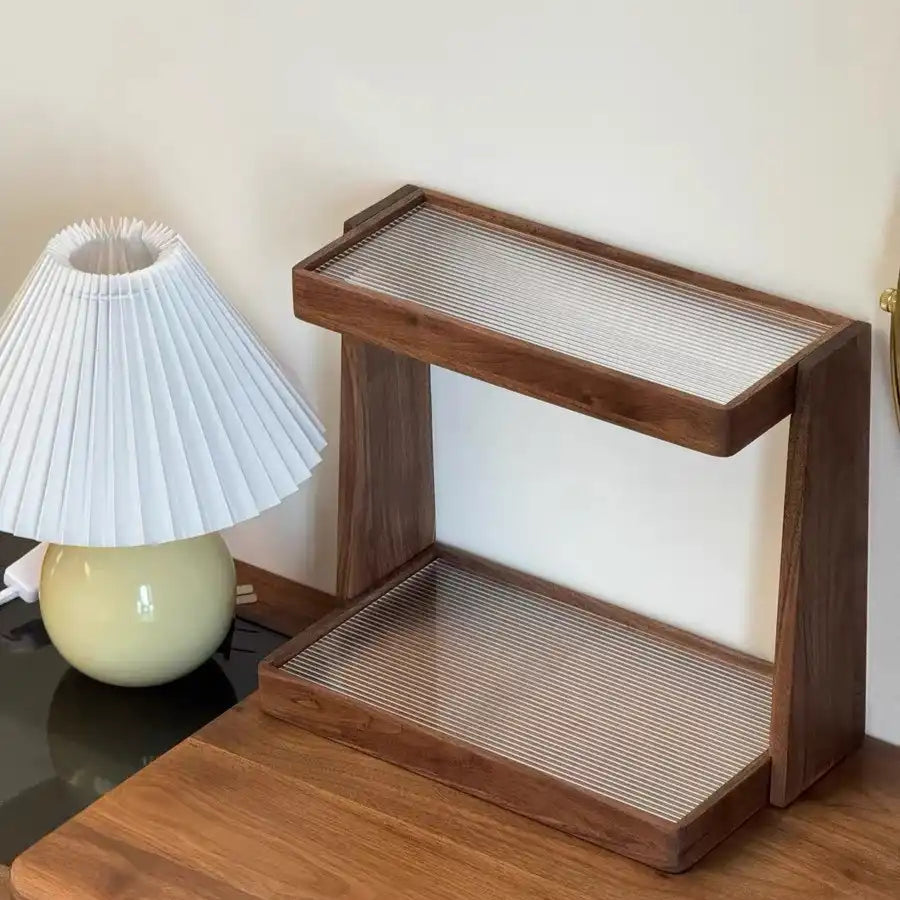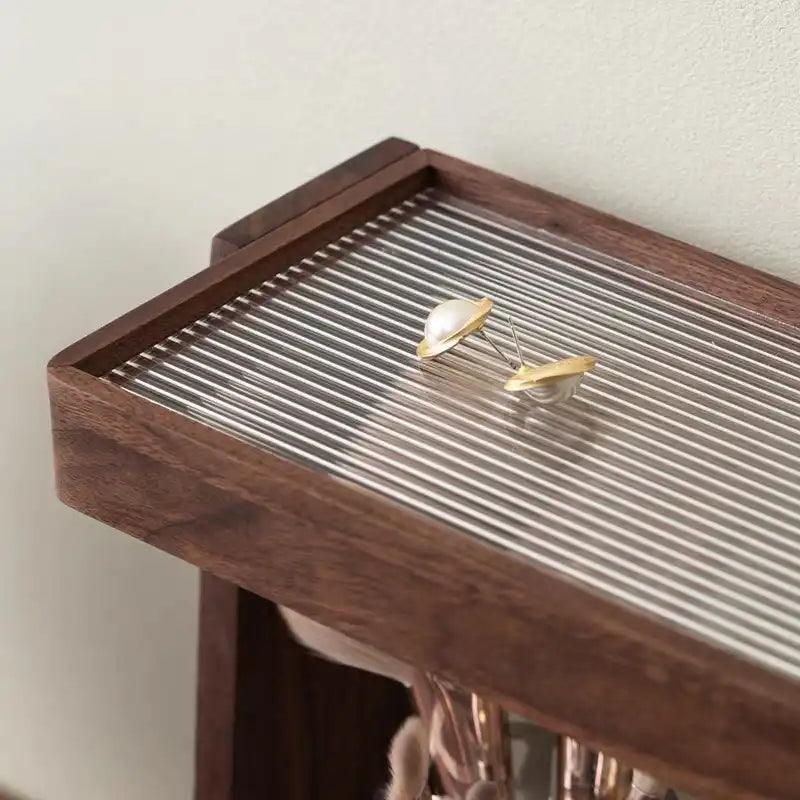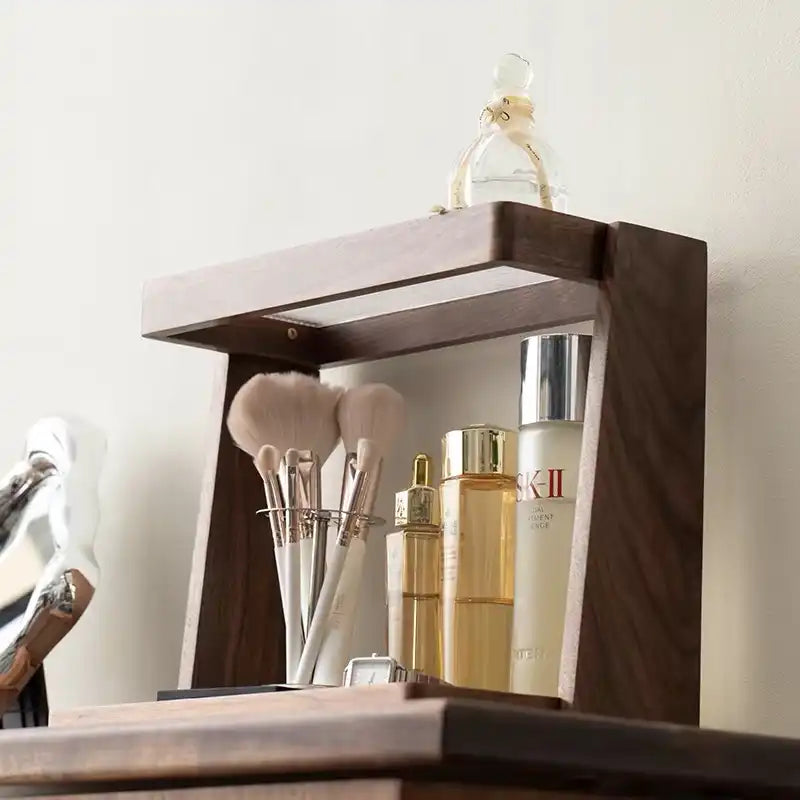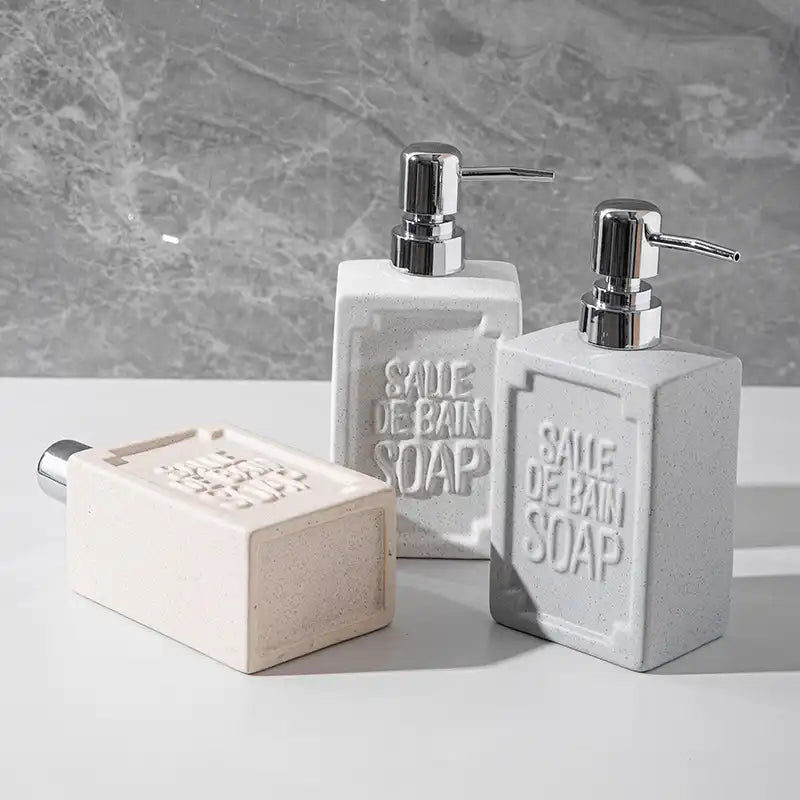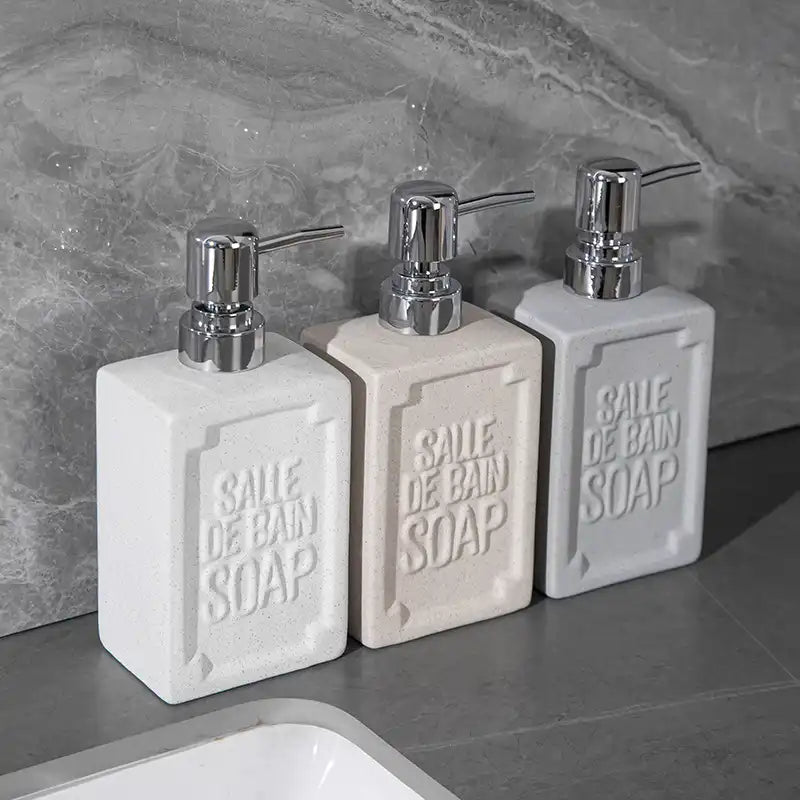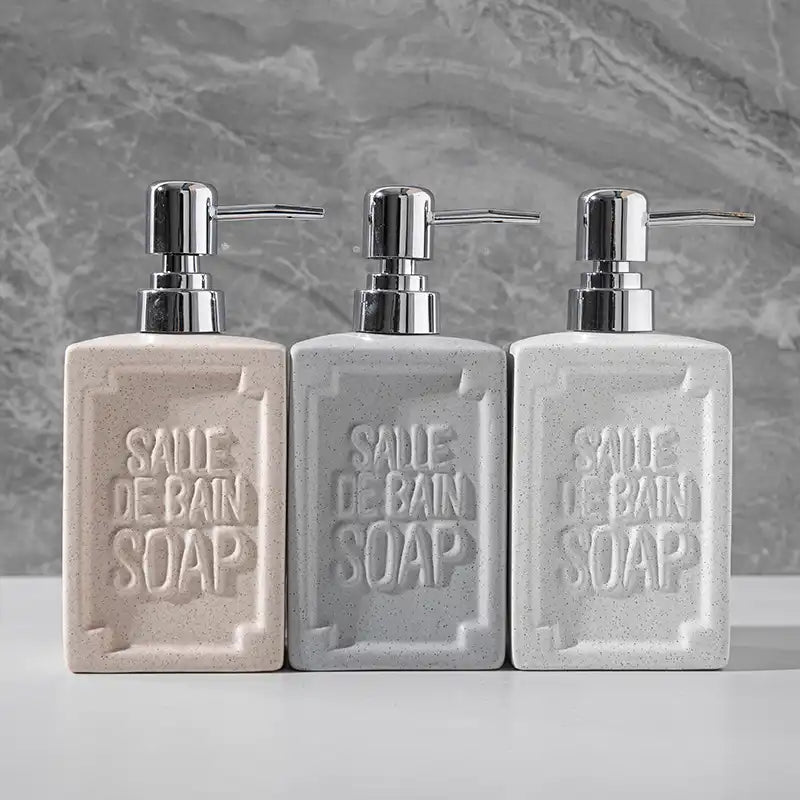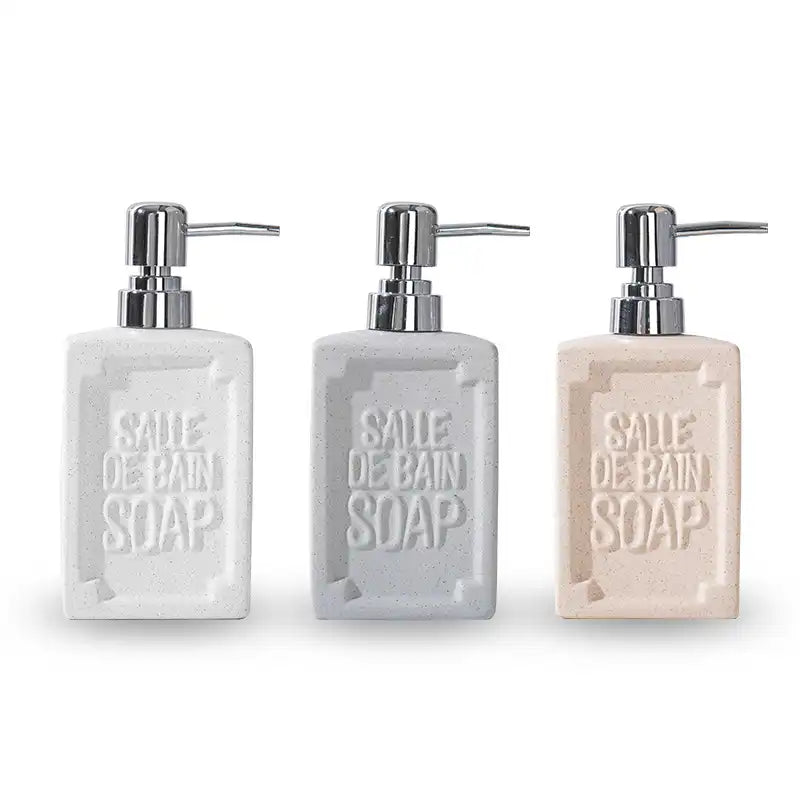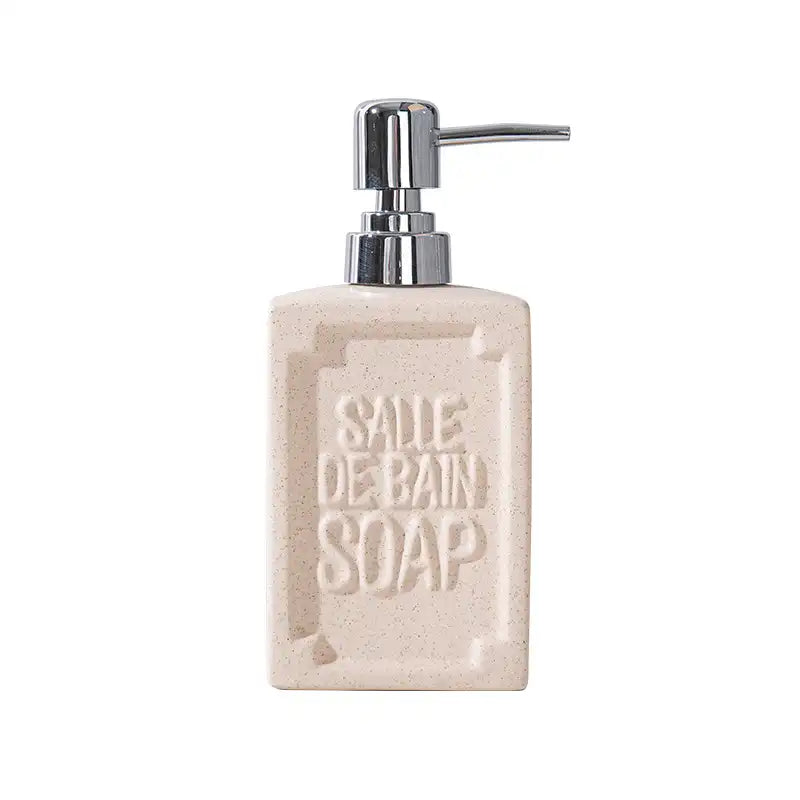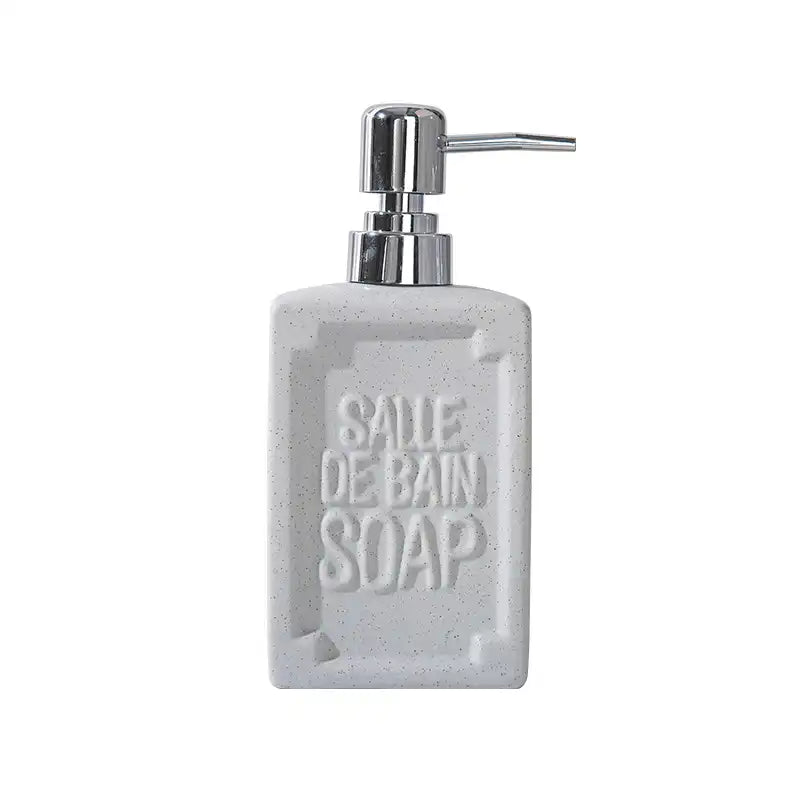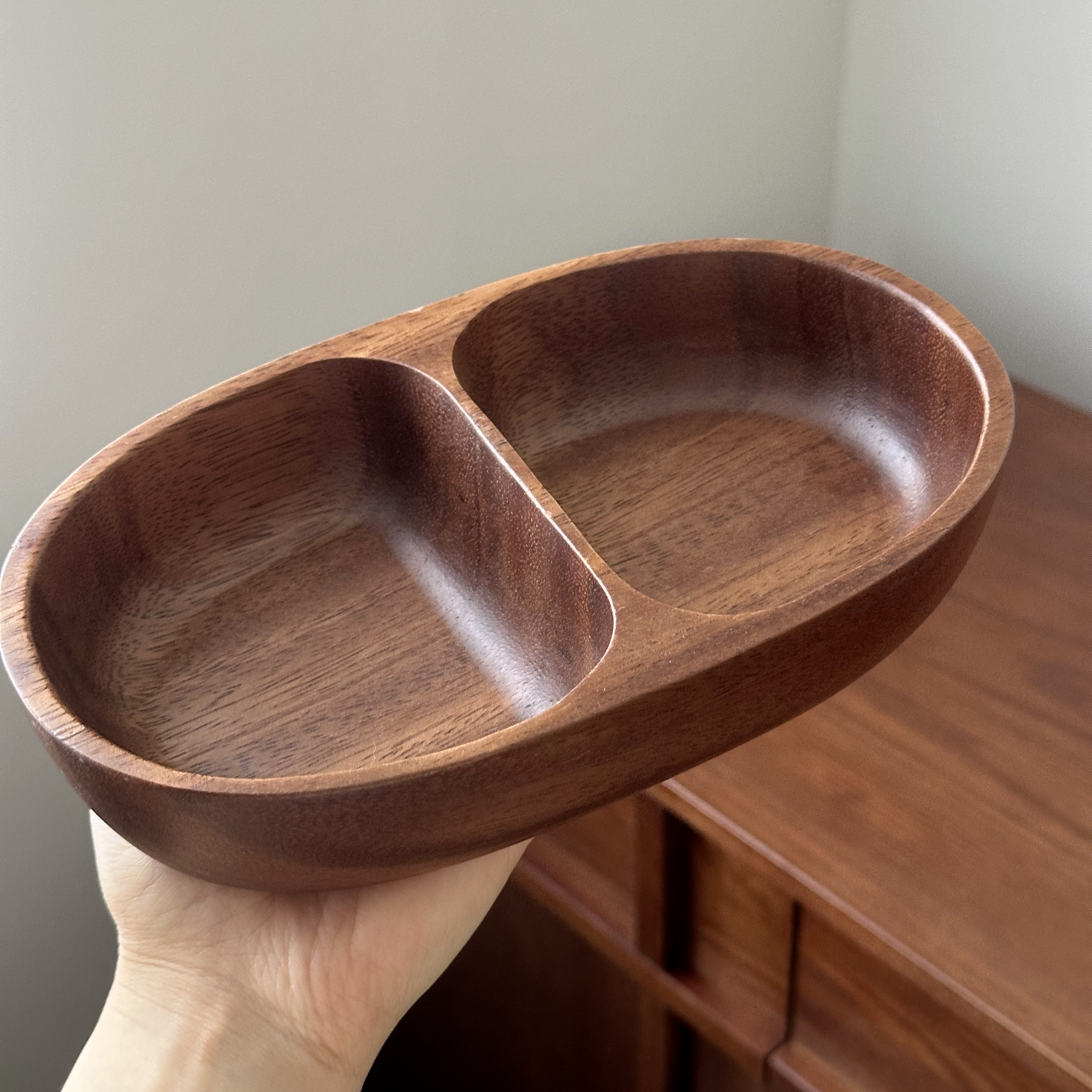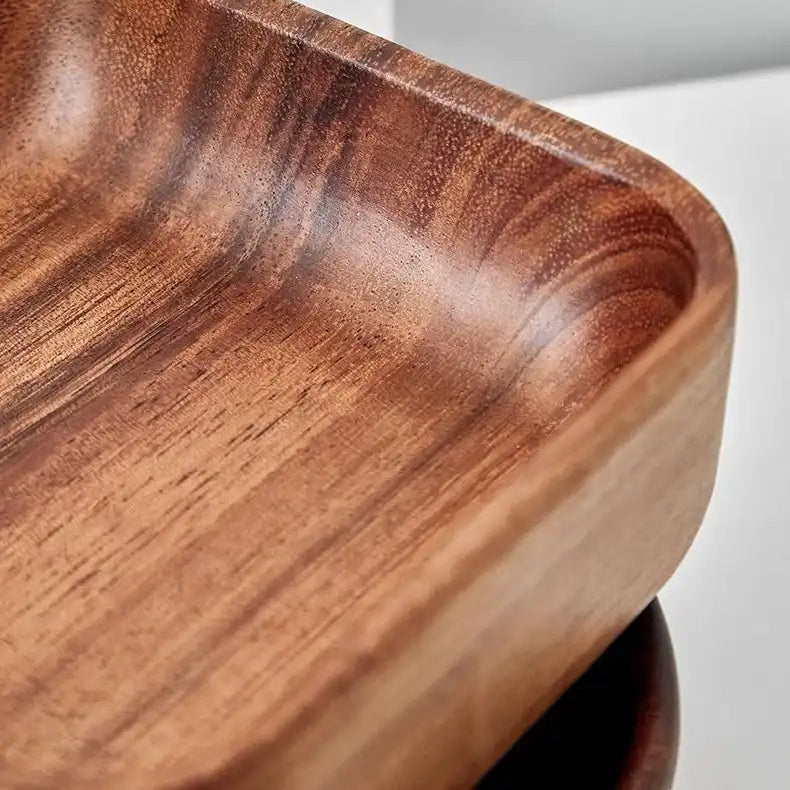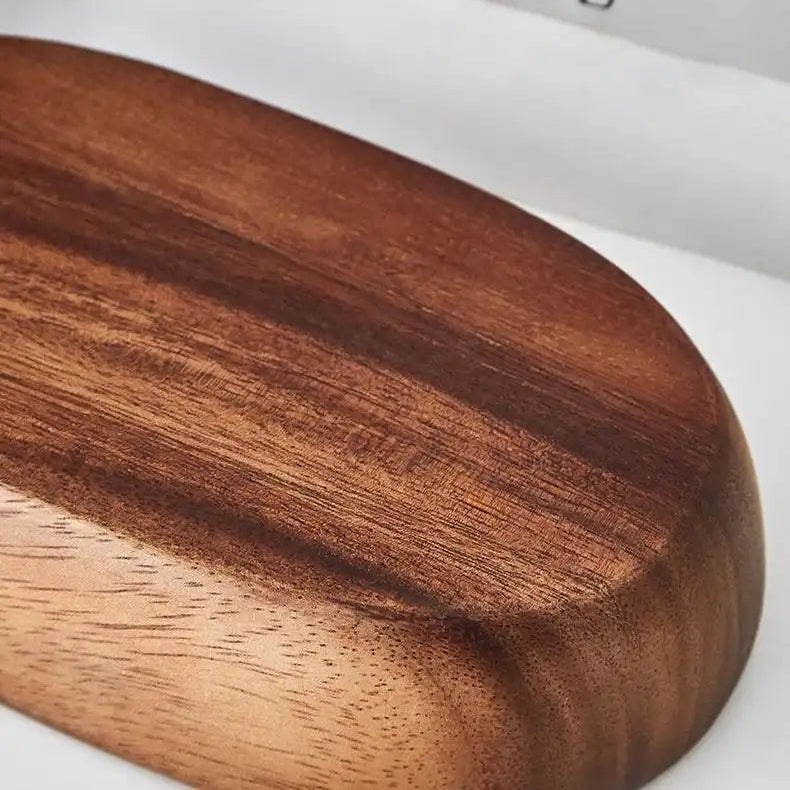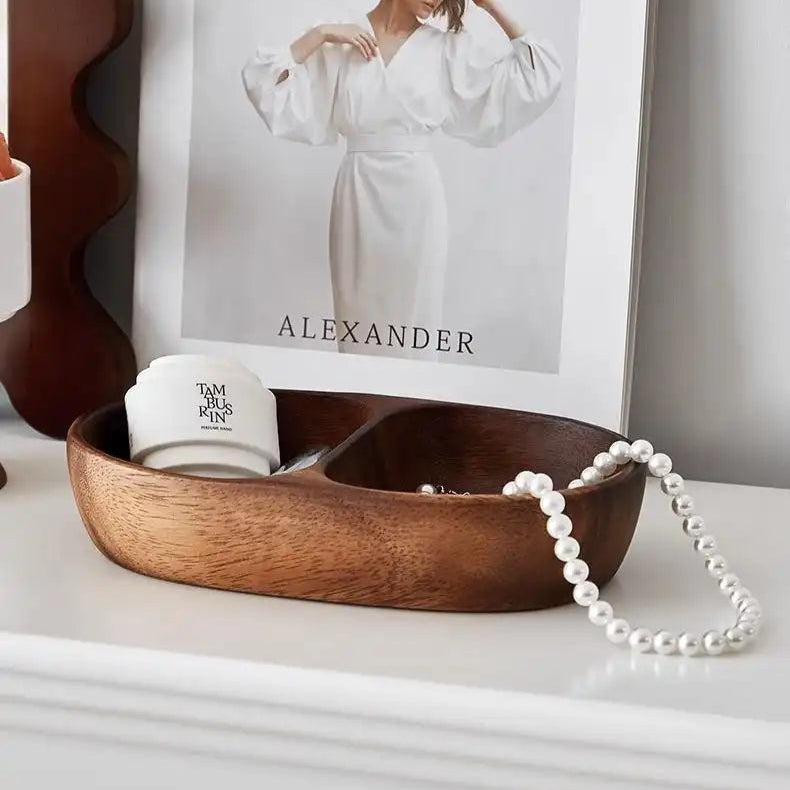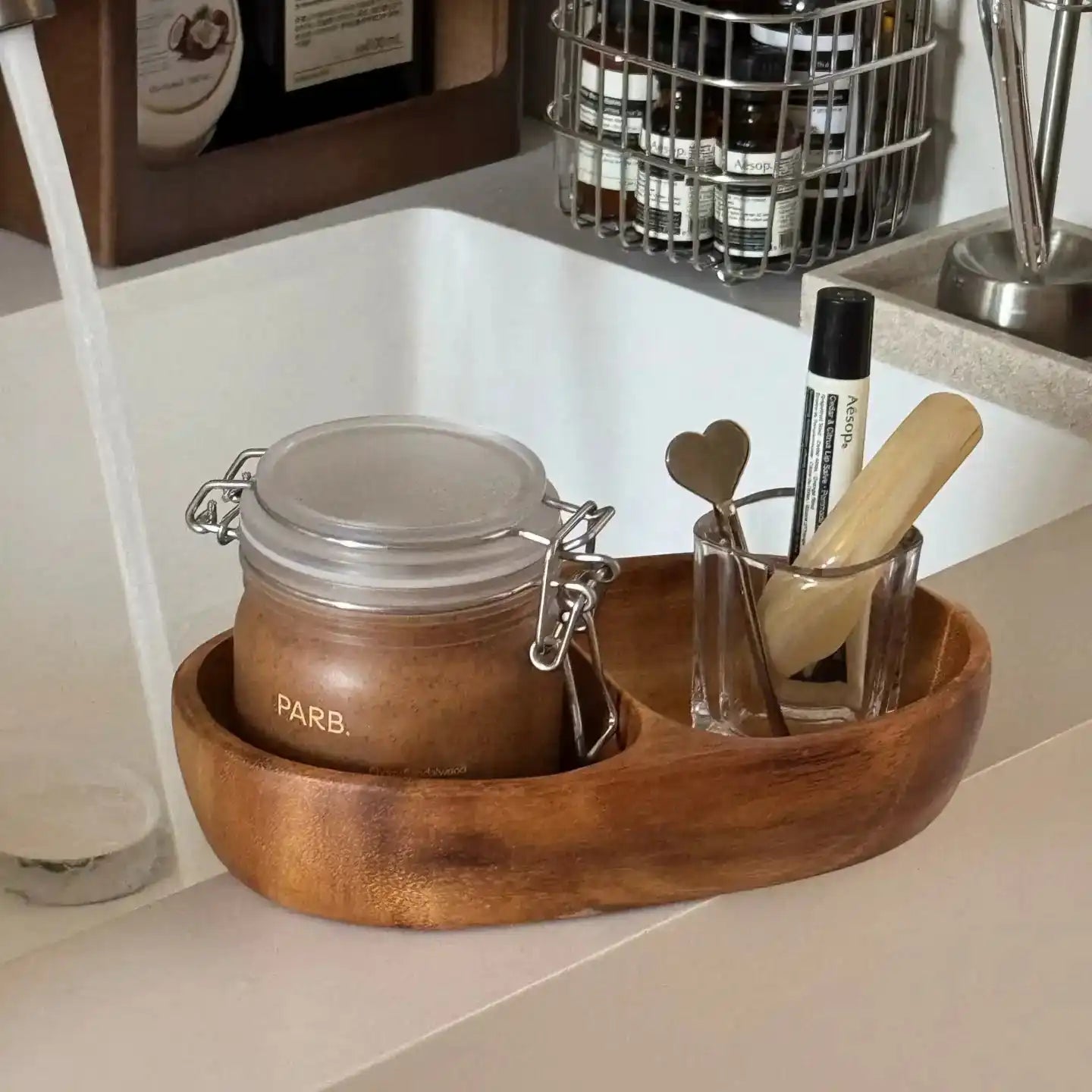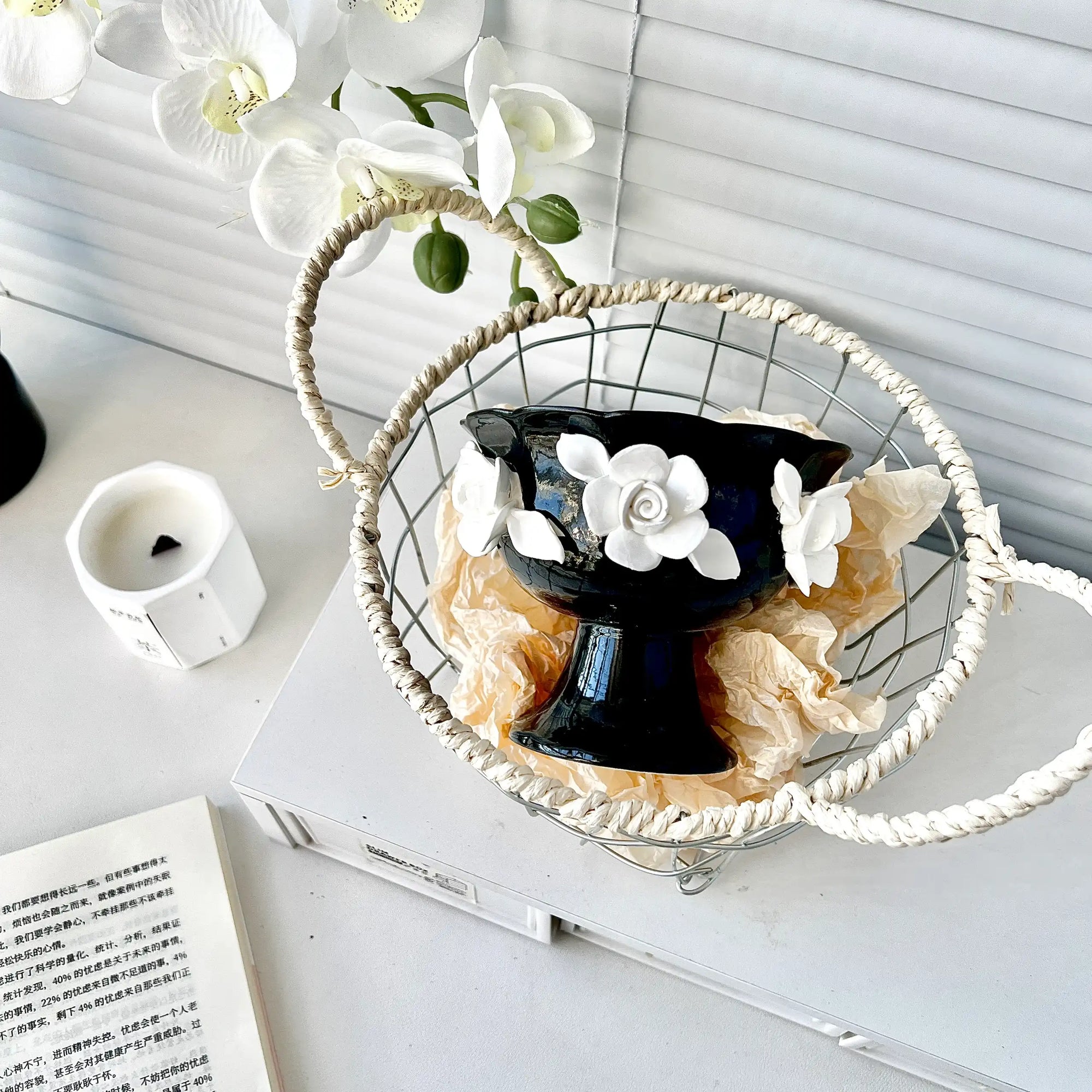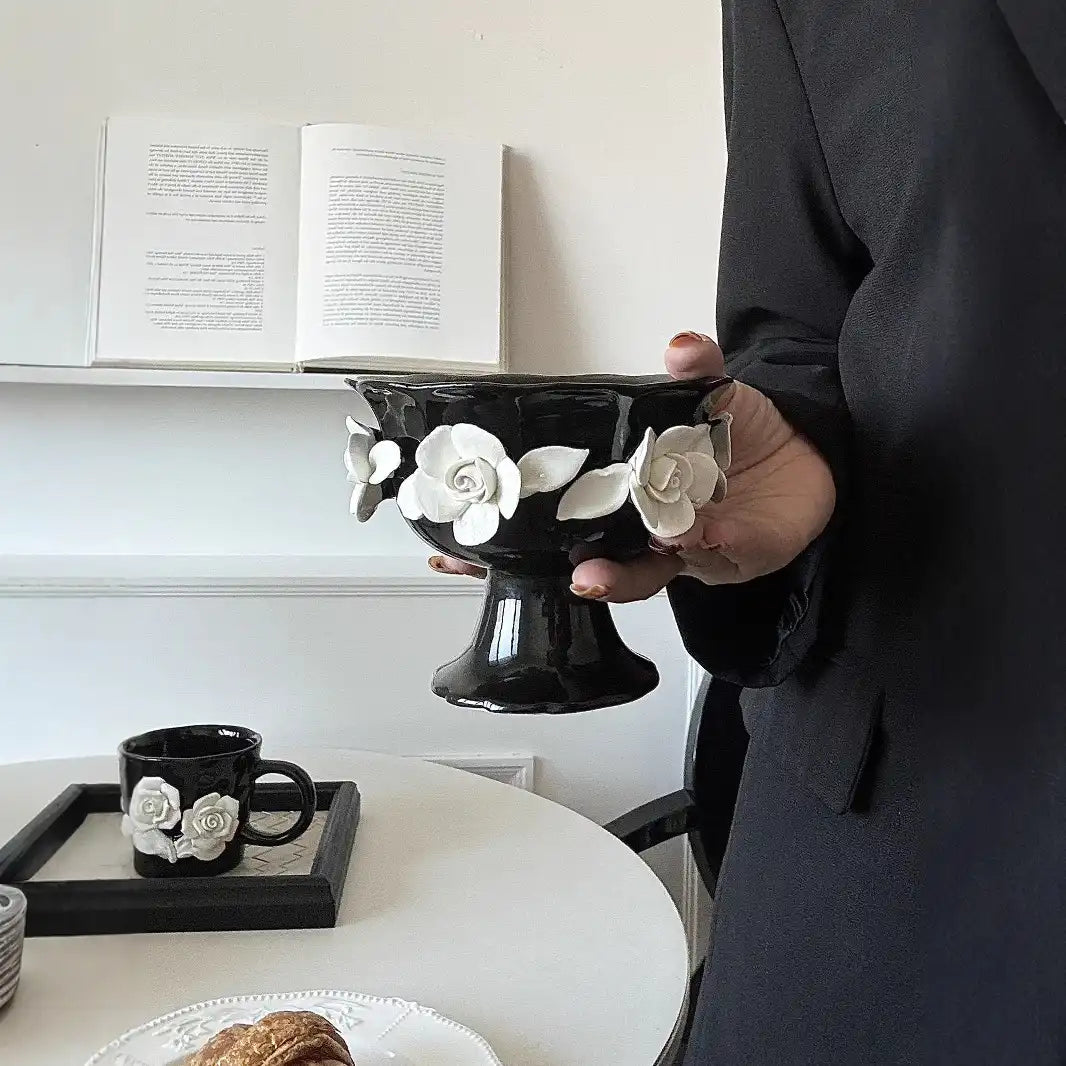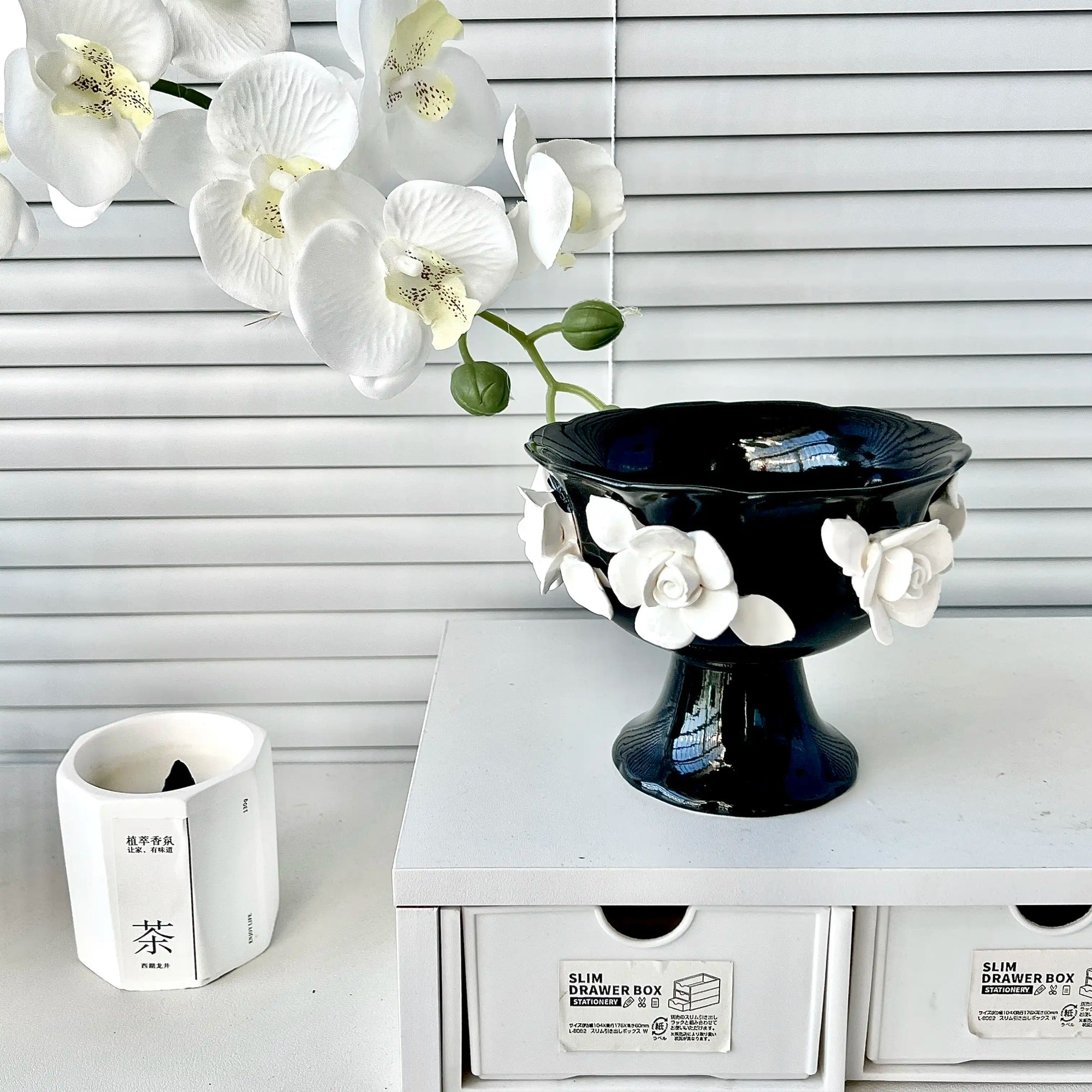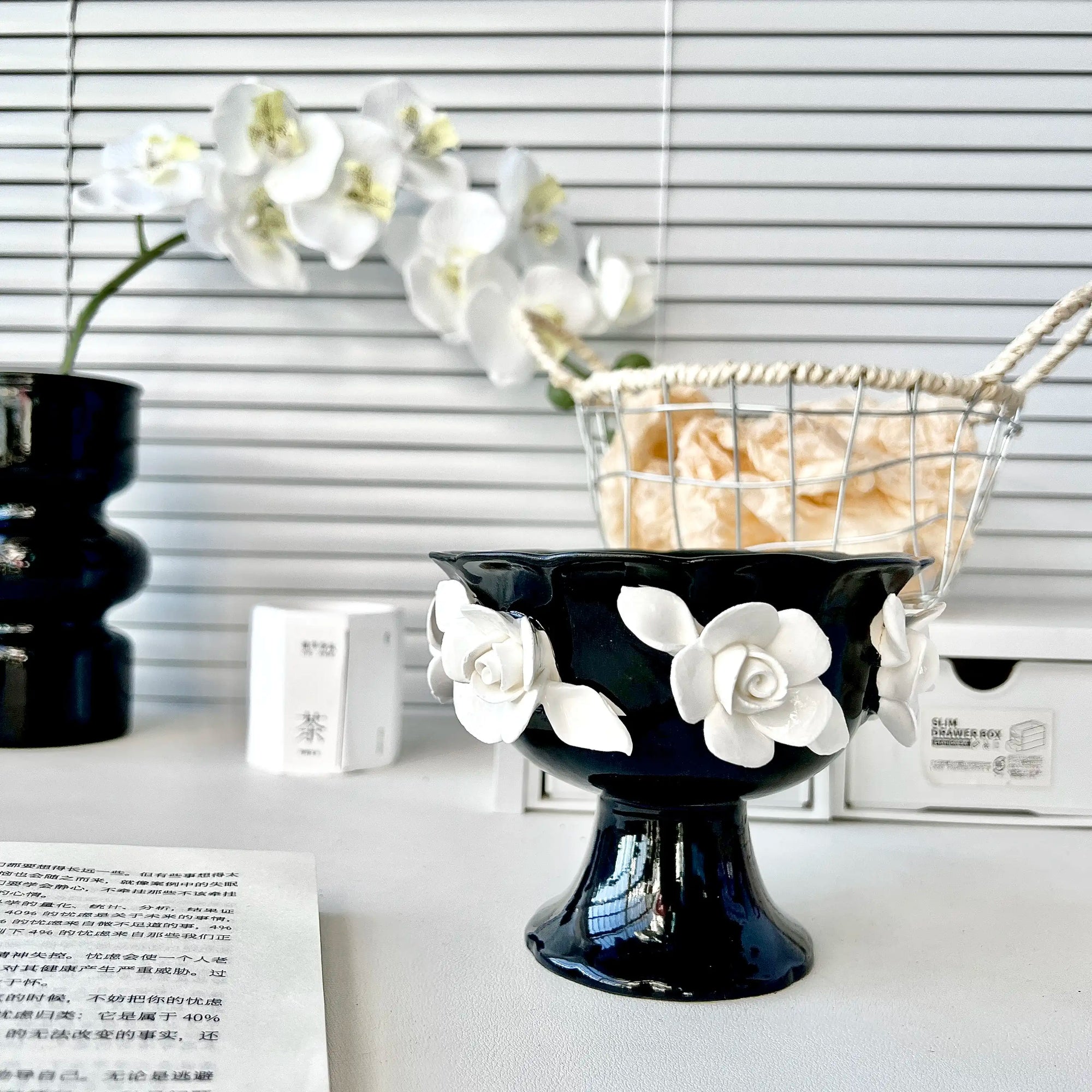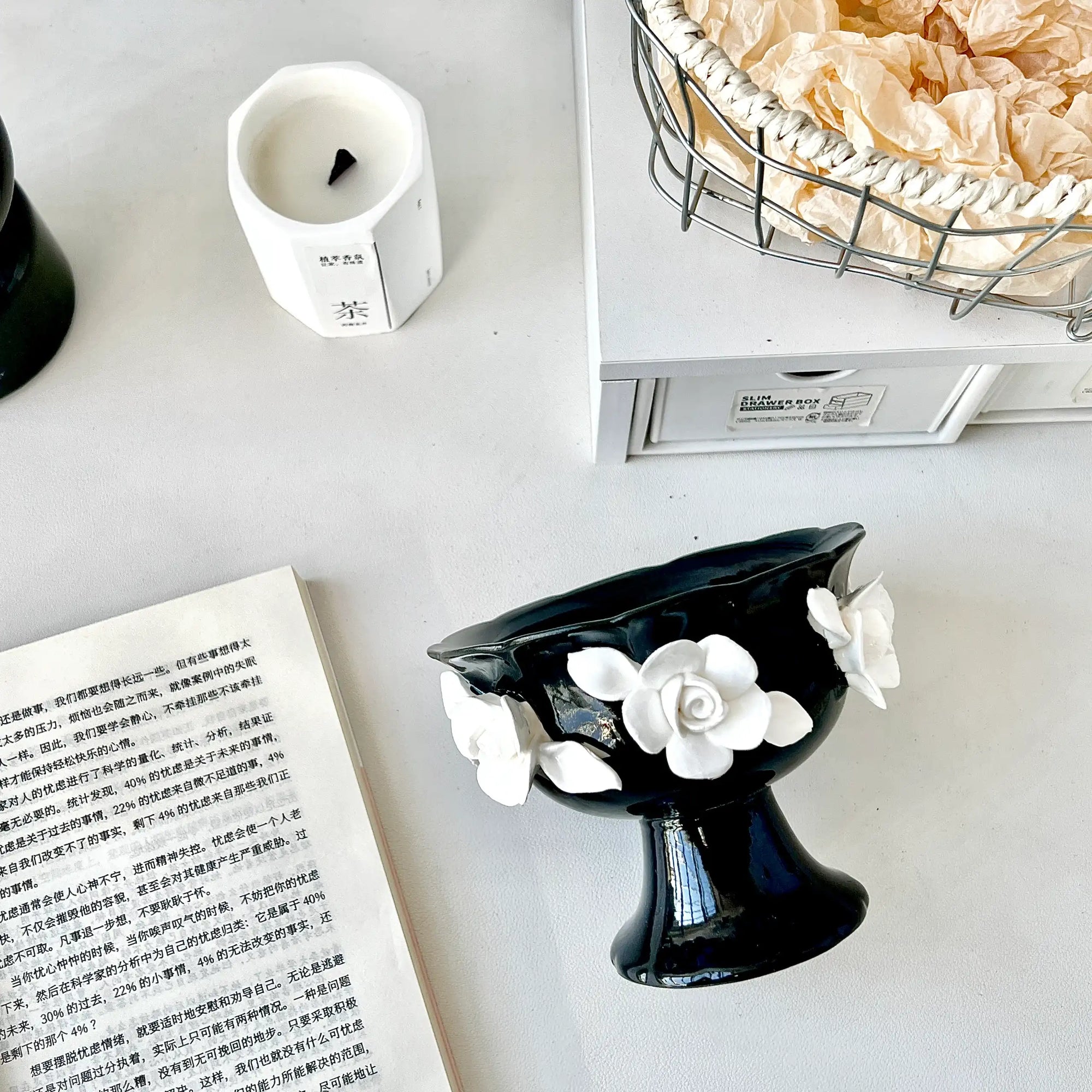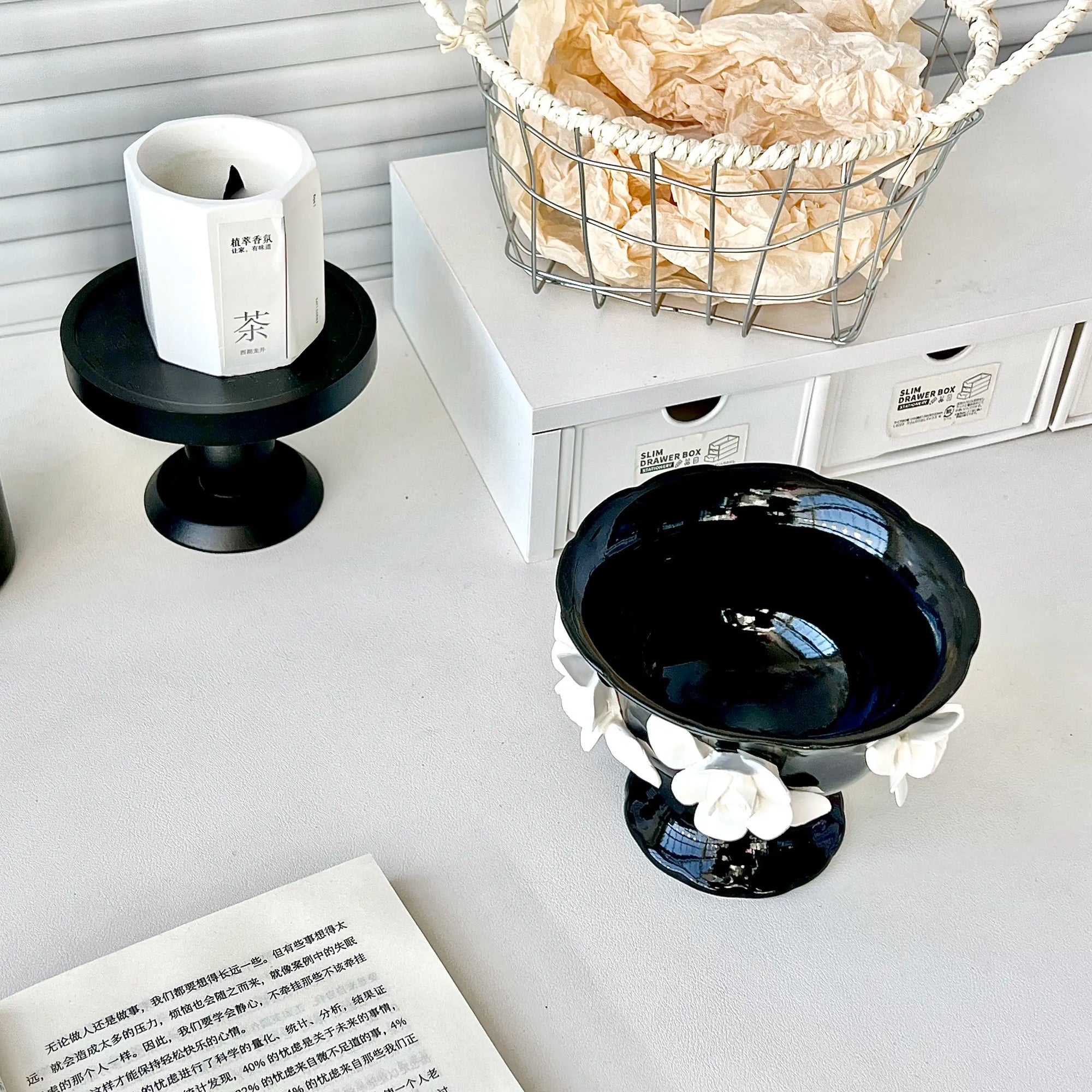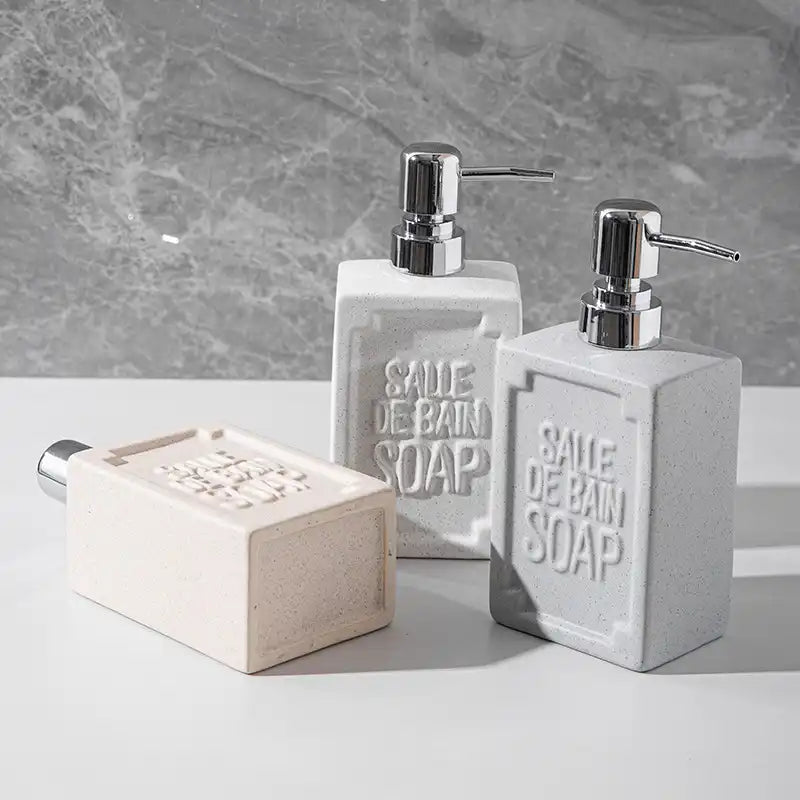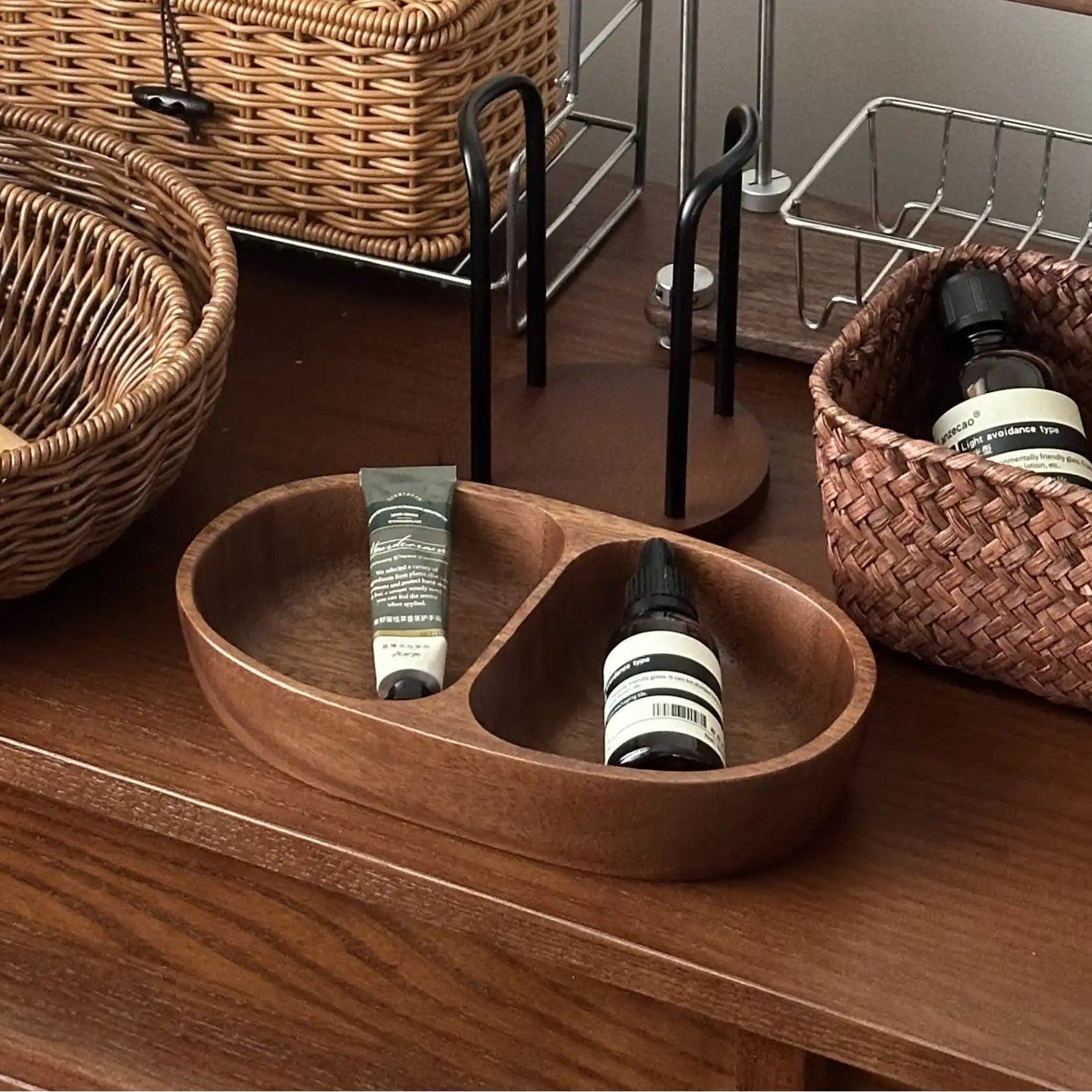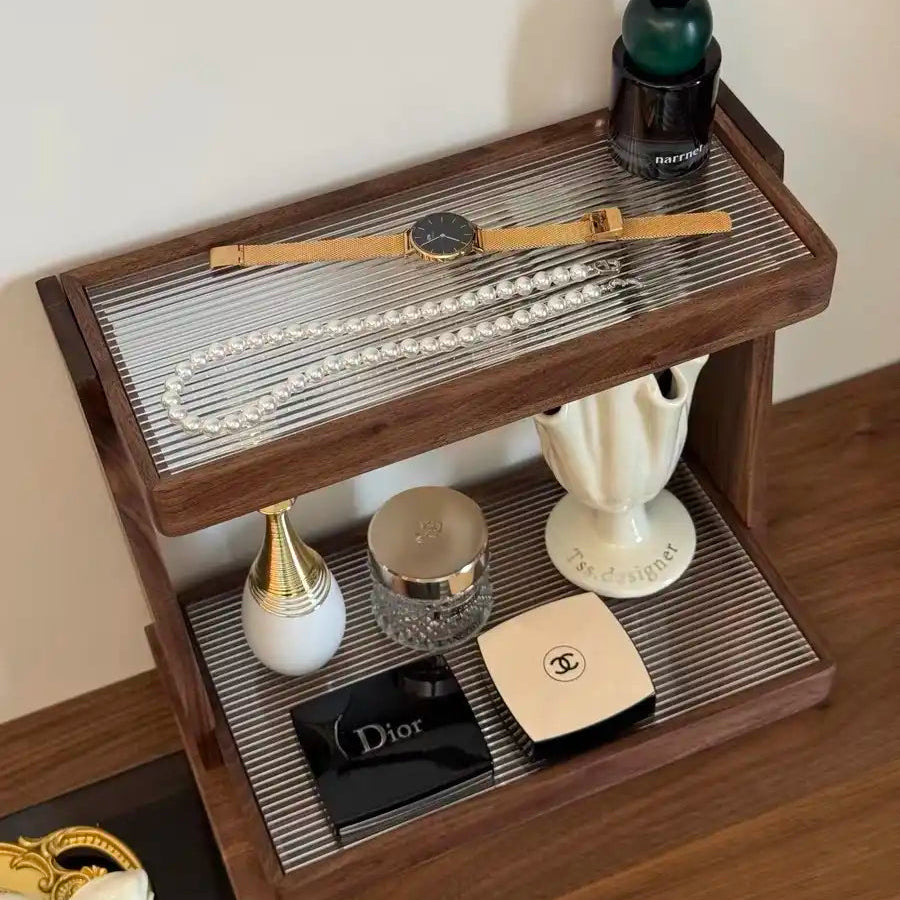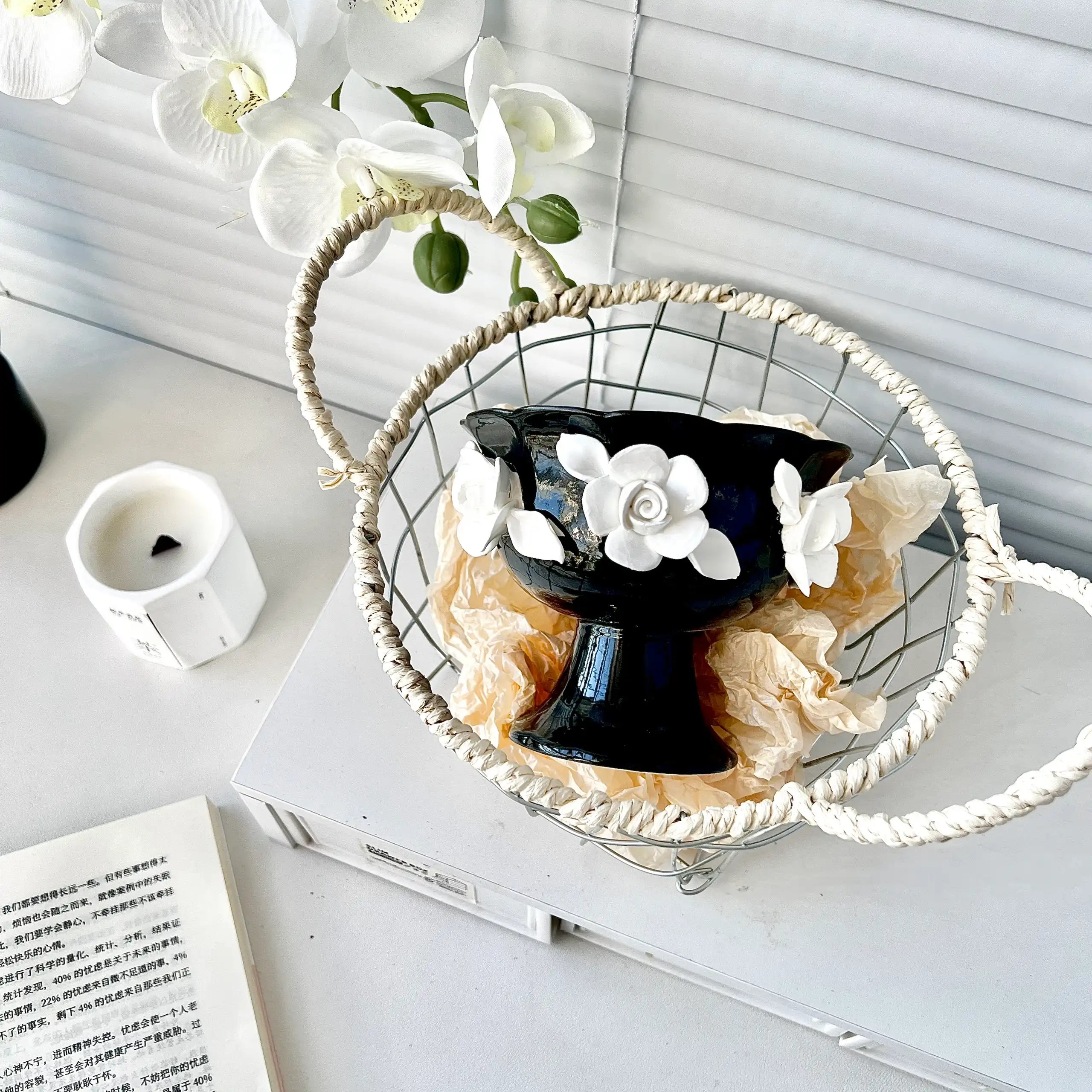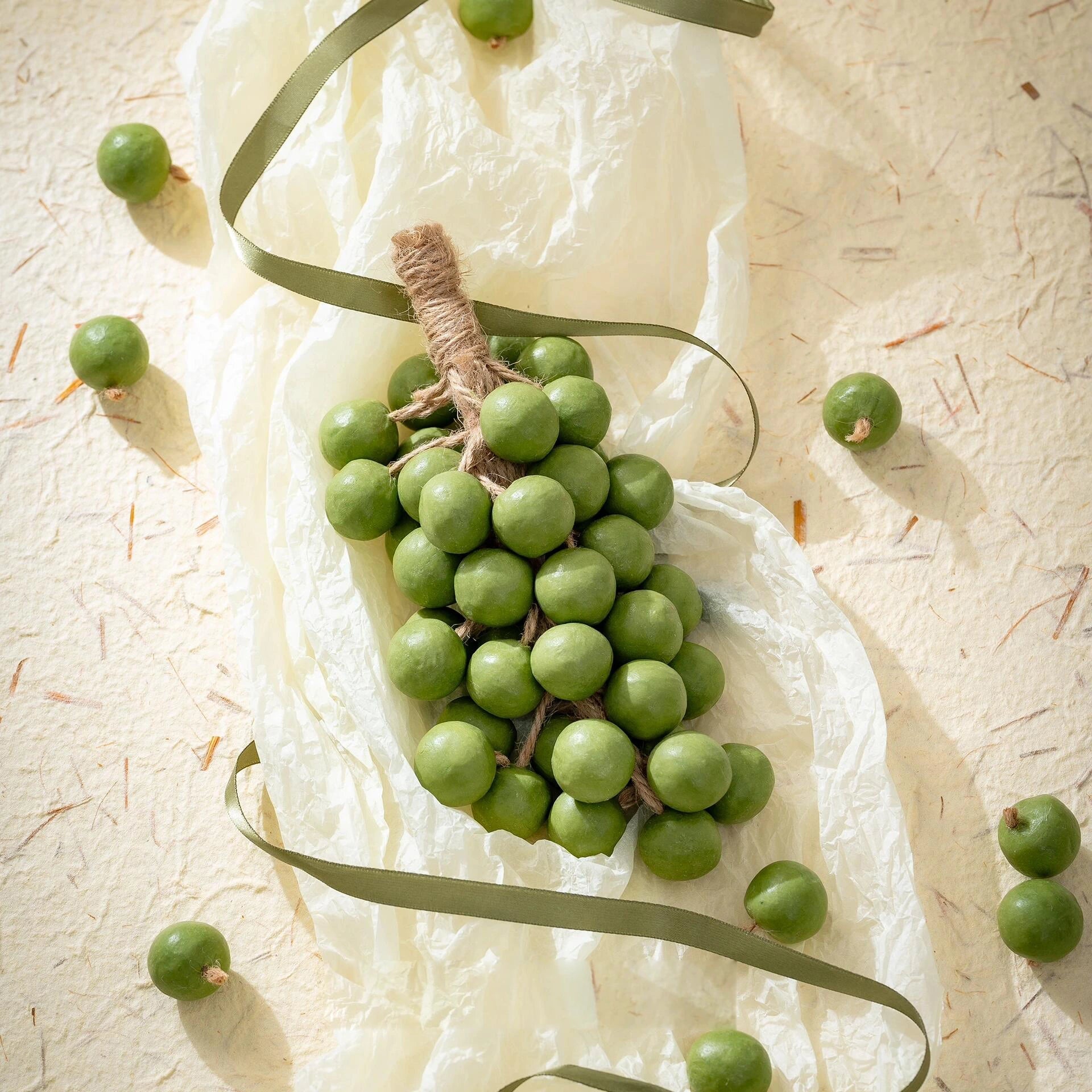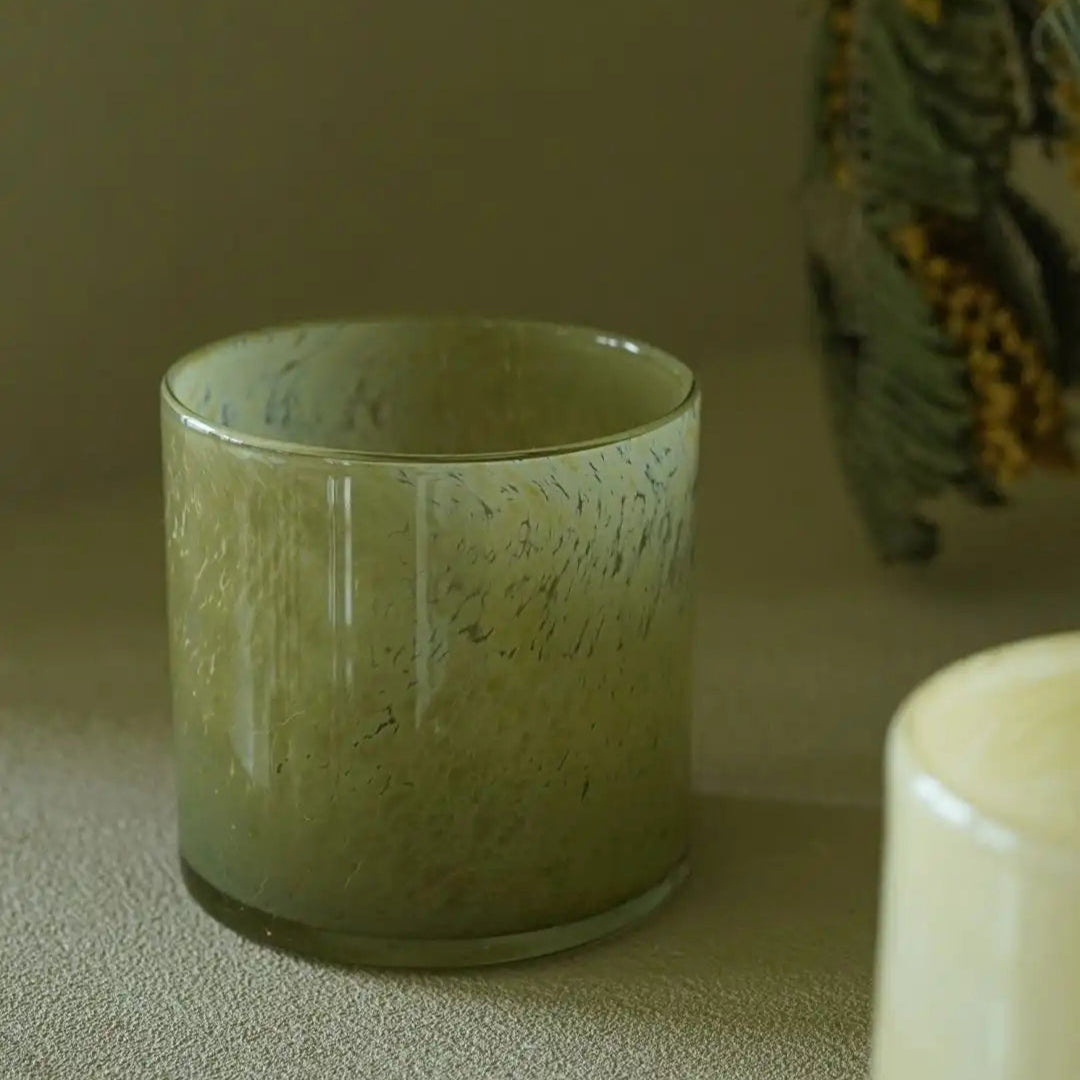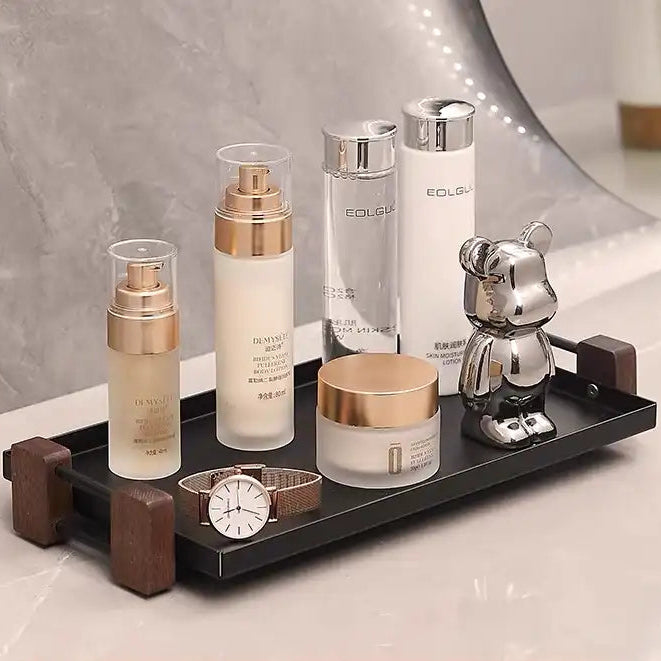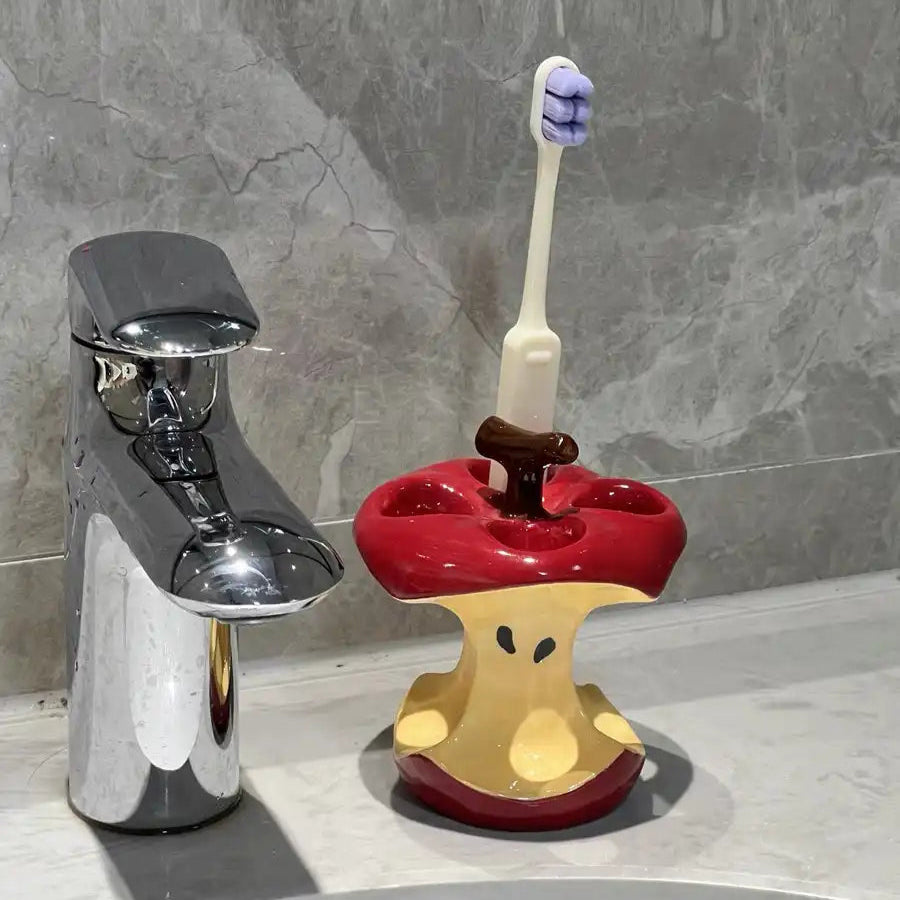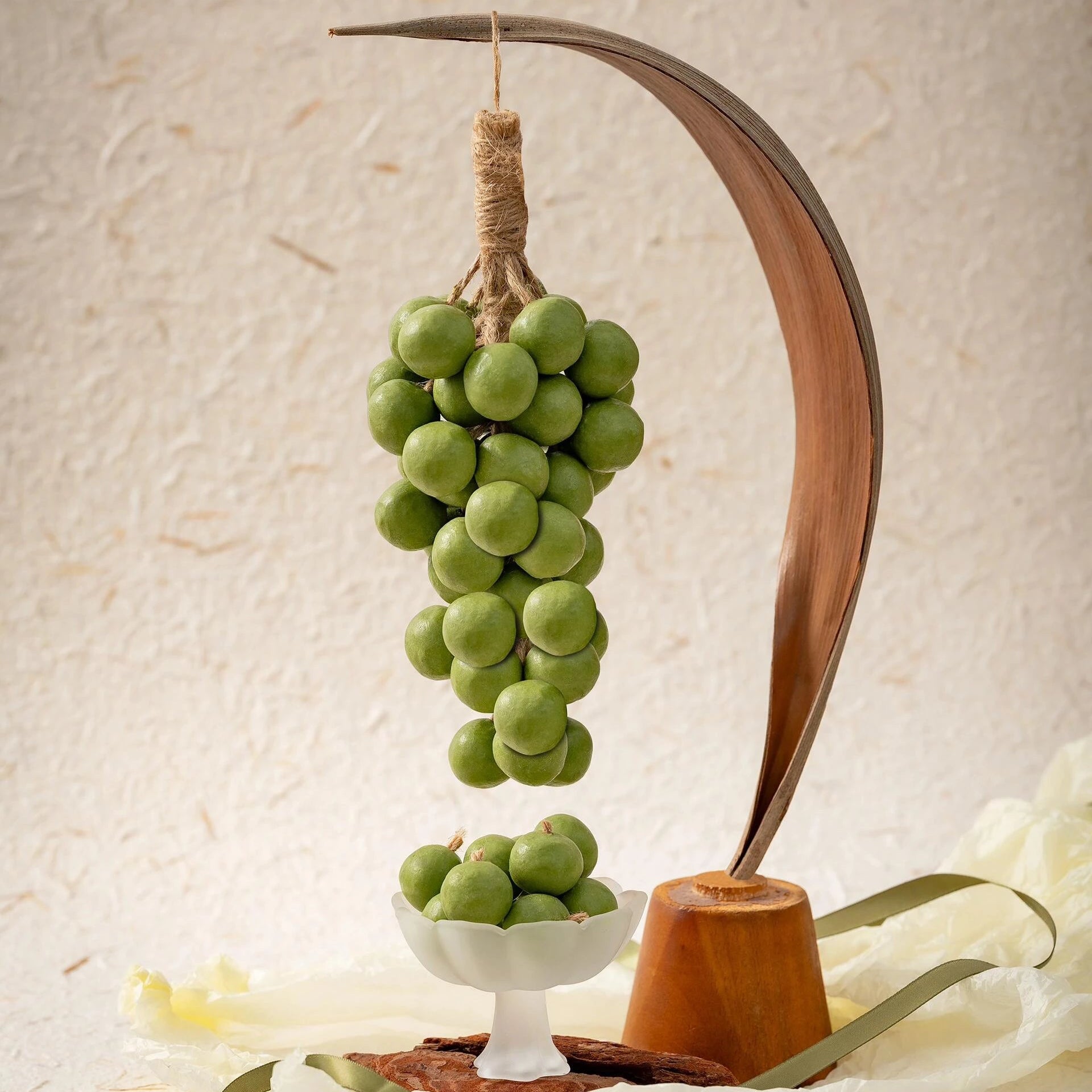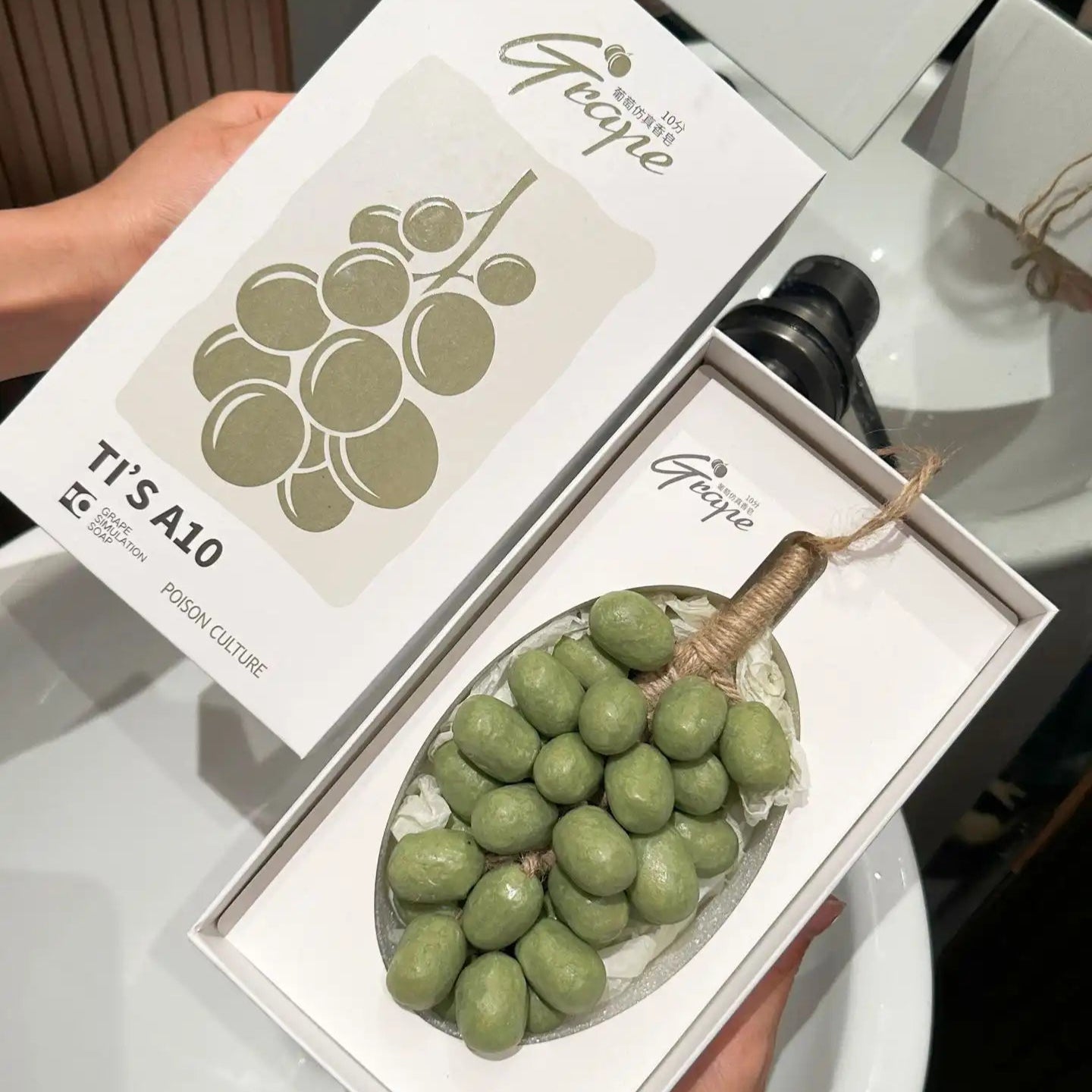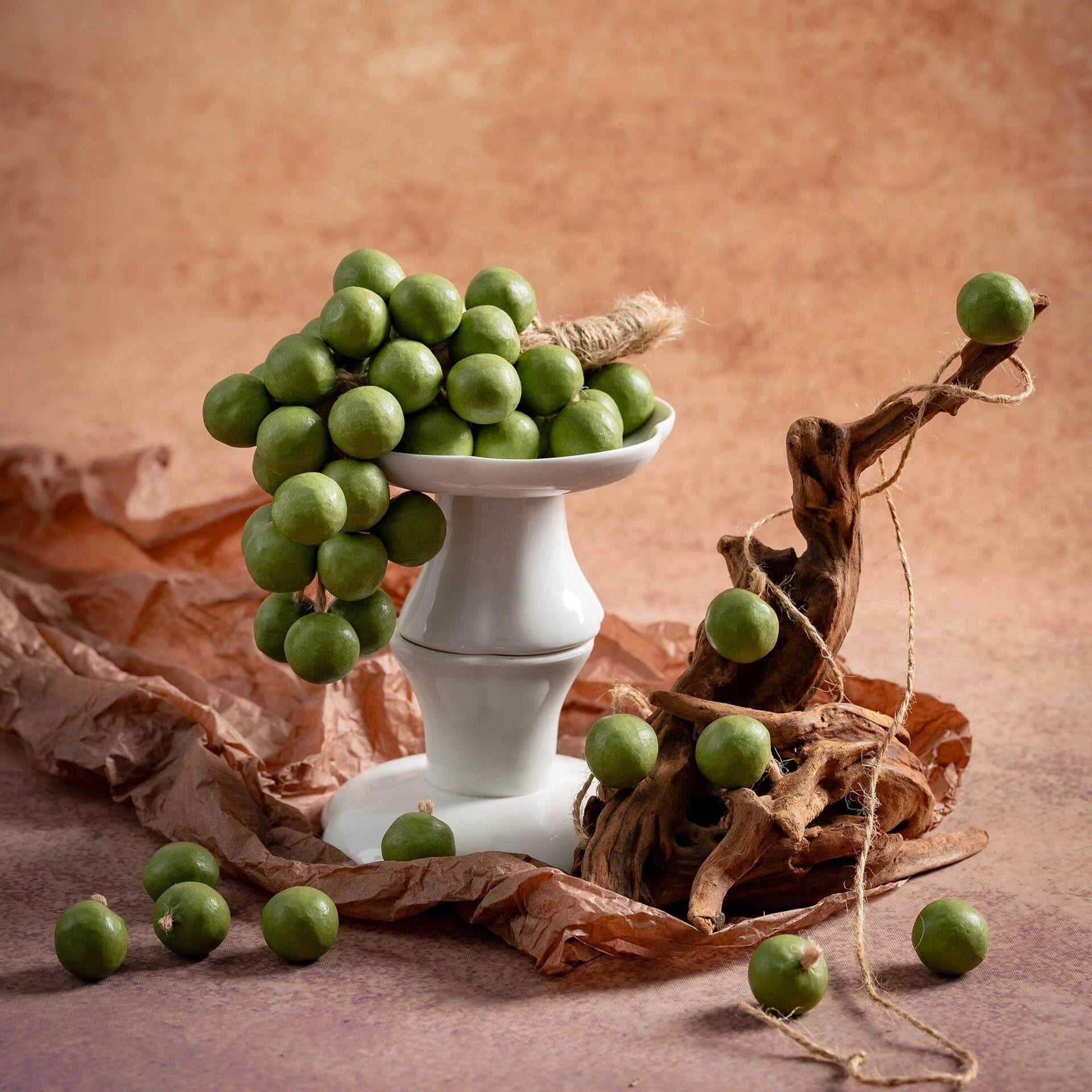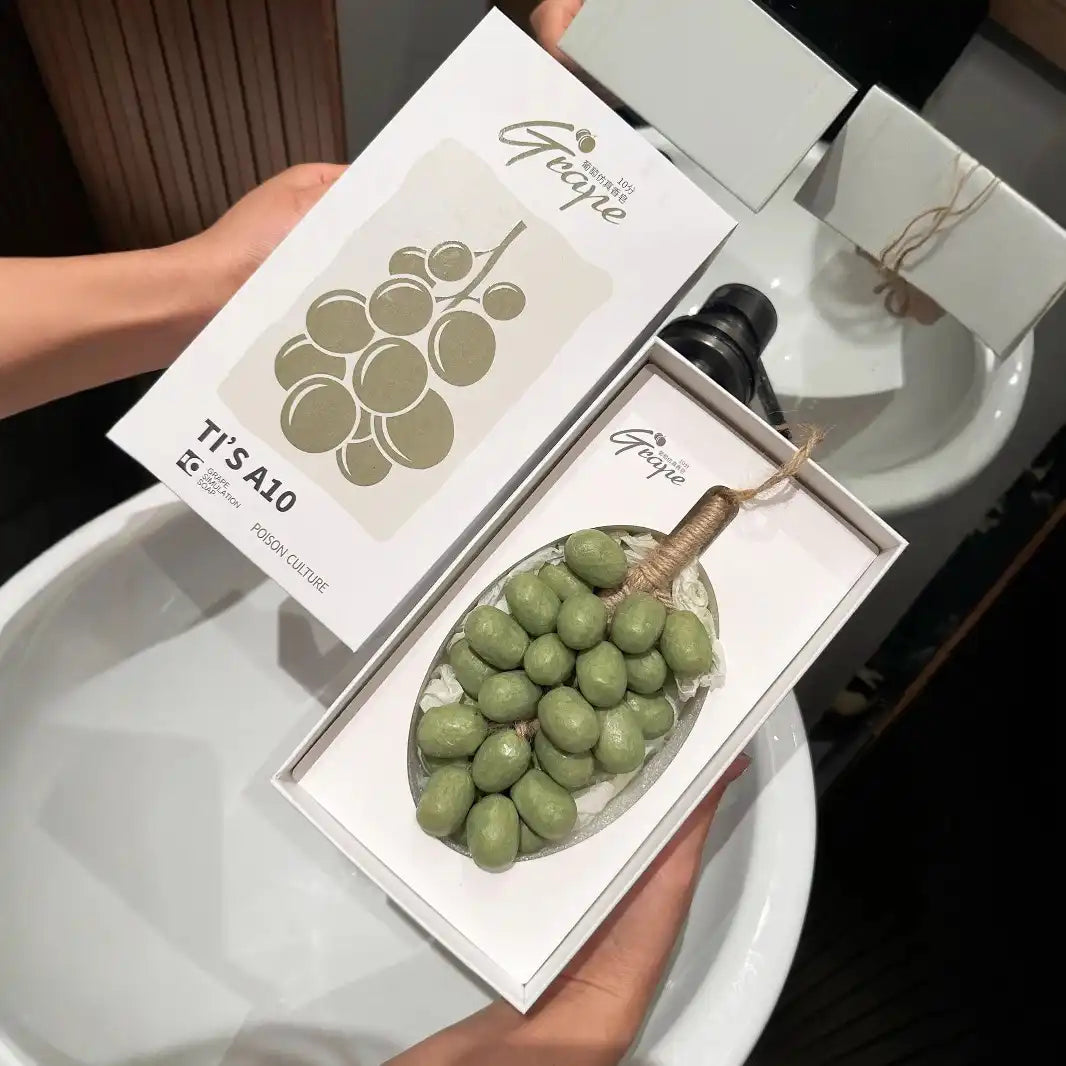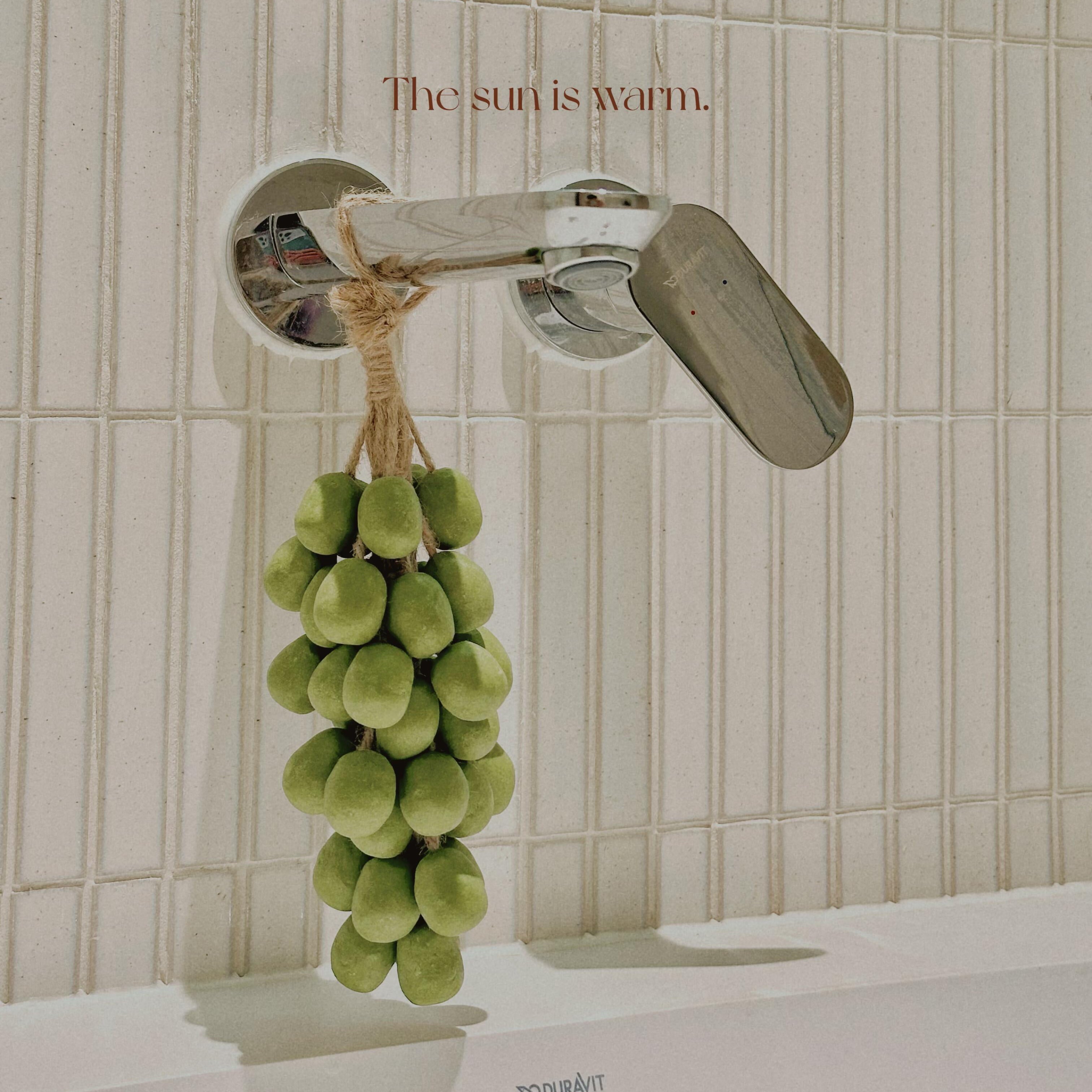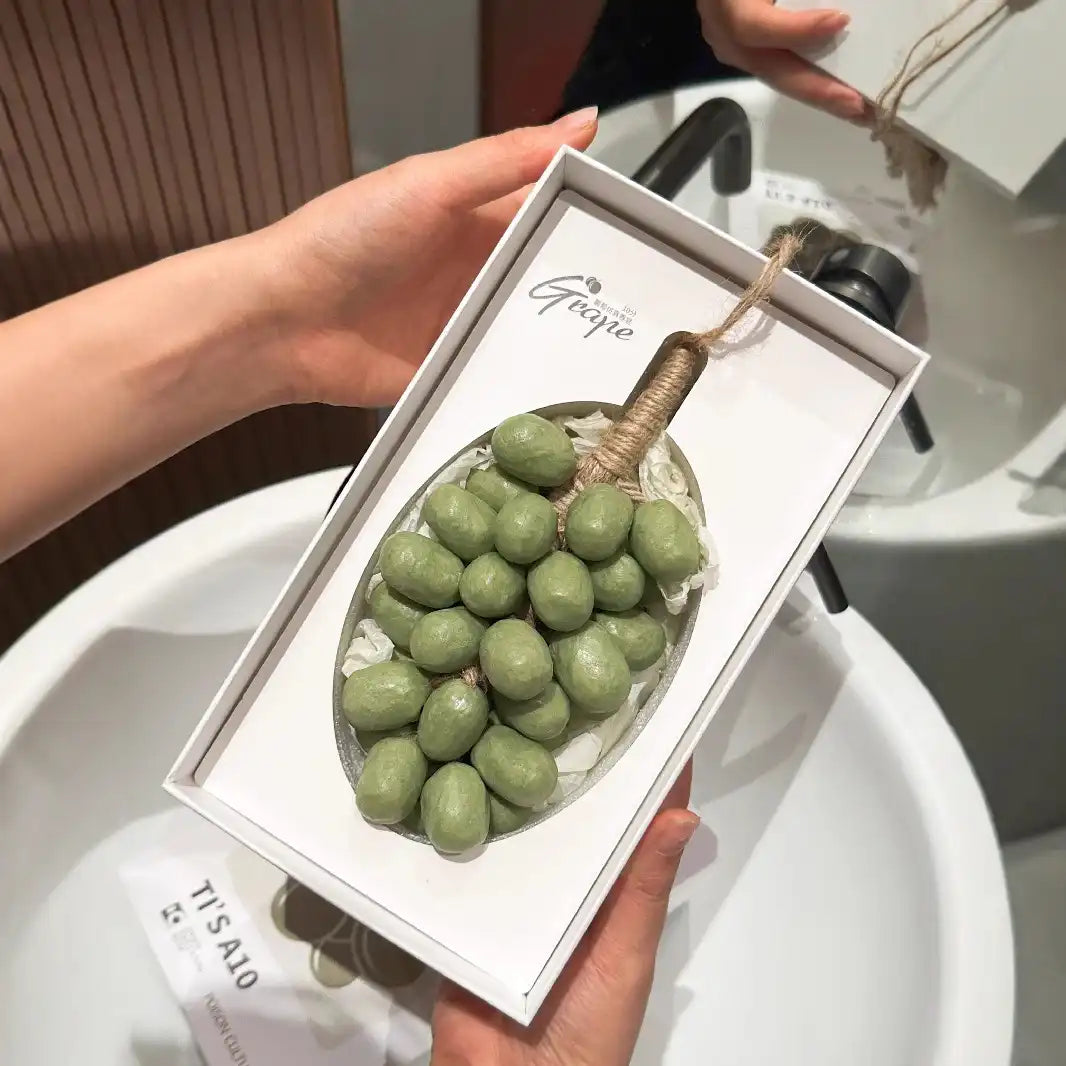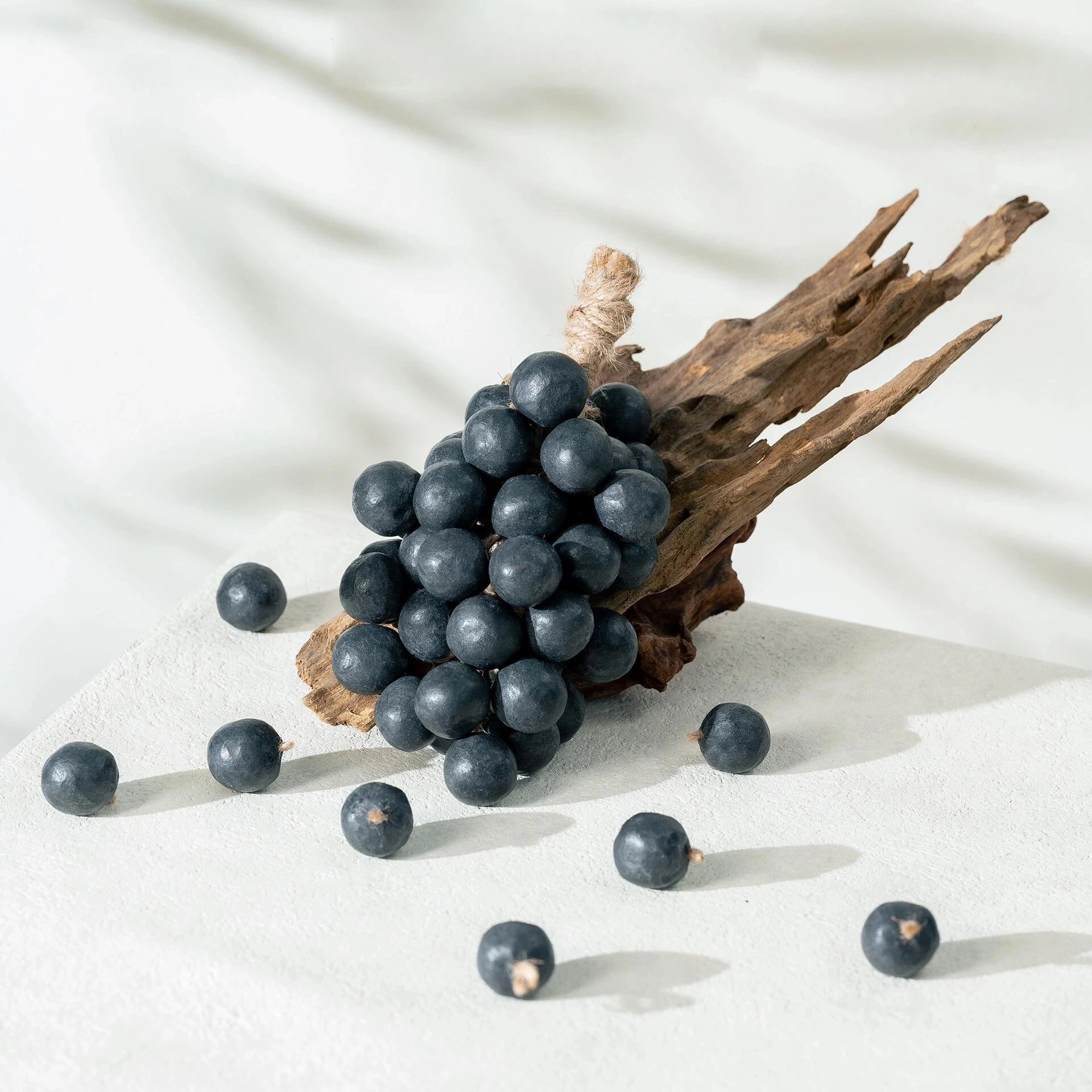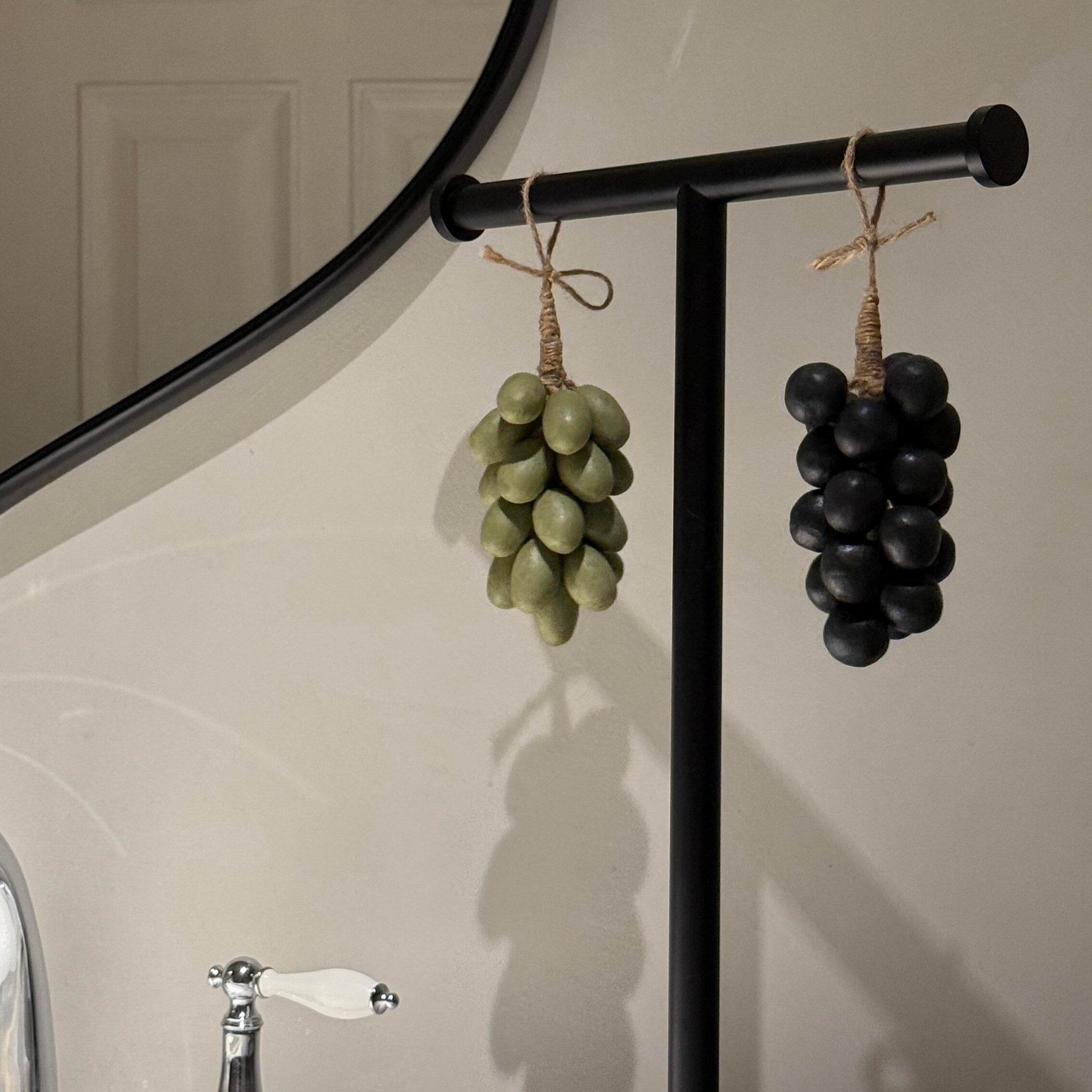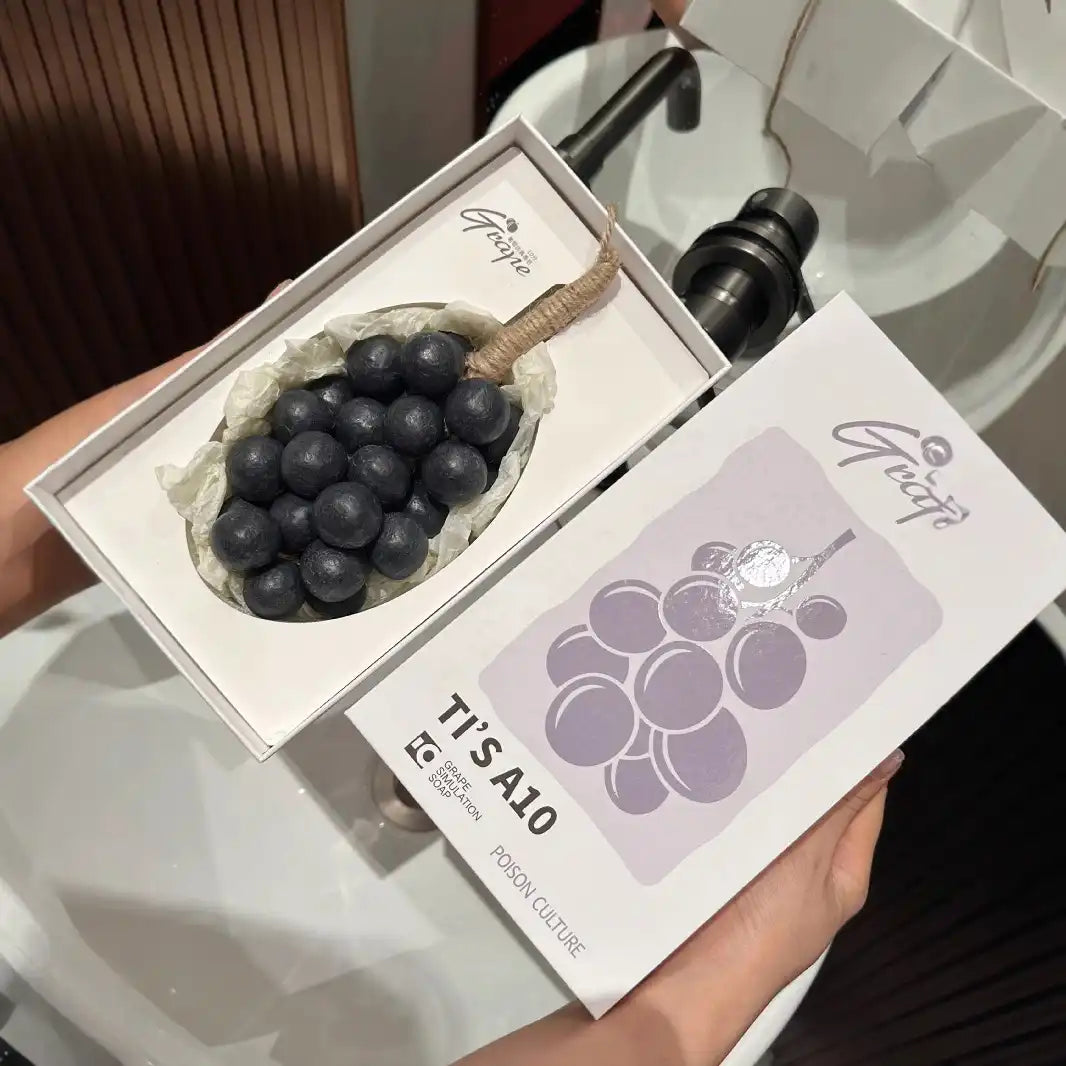The majority of us grew up using the same, old soap: a colorful, super-scented bar that always made your skin feel tight and dry. It worked, in those days. Fast forward to today, things are different. People are ditching those factory-cut blocks for something much more personal: handmade natural soap.
And it’s not just a craze — it’s a quiet revolution foaming up in bathrooms across the country. In today’s blog, we’re really getting to grips with why natural handmade soap is such a big trend. We’ll take you inside the craft behind it, the science that makes it work, the natural ingredients that your skin will actually love, the eco-friendly values it embodies — and the soul-soothing joy of using something made with care.
So grab a cup of tea (or hop into a steamy bath), and let’s explore the world of natural handmade soap — where each soap tells a story, and every lather is a love letter to your skin.
Table of Contents:
- 1. The Heart of the Craft: What Makes Natural Handmade Soap So Special?
- 2. Nature’s Chemistry: The Science Behind the Bubbles
- 3. Skincare with Soul: How Natural Ingredients Make a Real Difference
- 4. A Bar Full of Meaning: Why Using Natural Handmade Soap Feels So Good
- 5. Beauty in Every Bar: The Artistic Side of Handmade Soap
- Conclusion
- FAQ – Your Sudsy Questions, Expert Answers
1. The Heart of the Craft: What Makes Natural Handmade Soap So Special?
All soaps are not created equal. When you finally have a natural handmade soap in your hands, the first thing you may notice is how it feels — smooth, creamy and even a bit artistic. It’s because it is different. Unlike regular store-bought soaps, which are made with synthetic detergents, commercial soaps are loaded with preservatives and fragrances, handmade soaps are produced in small quantities and made with natural oils, butters and essential oils.
We mean real ingredients: olive oil, coconut oil, shea butter, maybe even a smattering of dried lavender or rose petals. It’s the type of thing your grandmother probably used — and maybe even made!
Each soap is often cut by hand and cured for weeks to ensure a gentle yet effective cleanse. No two are exactly the same, and that’s part of the charm. This soap doesn’t just clean your skin; it connects you to the hands that made it, the natural world that nourished it, and the simplicity we’ve lost in our over-sanitized, chemical-laden world.

2. Nature’s Chemistry: The Science Behind the Bubbles
OK, let’s get our nerd on for a second — but don’t worry, there’s no lab coat involved.
The miracle of natural handmade soap is that is not so much magic as chemistry, a reaction called saponification. It’s essentially what happens when oils (including coconut or olive oil) come into contact with a lye solution (don’t panic — it’s totally safe after curing!) and form soap and glycerin.
Now here’s where it gets cool. Glycerin is a humectant, so it pulls moisture to your skin. Many commercial soap makers extract the glycerin from their soap bars and put it in lotions (yes, they sell you the dryness and the remedy). Handmade soap holds it all in — and your skin gets to benefit.
And pH? Natural, handmade soap is also generally more balanced, which you don’t have to worry about stripping your skin of natural oils. The result? A frothy, creamy lather that cleanses without that “squeaky clean” tight feeling. Soapy science has rarely been more appealing.

3. Skincare with Soul: How Natural Ingredients Make a Real Difference
Ever read the back of a bottle of store-bought soap? It’s those high school chemistry finals — and you’re failing.
With natural handmade soap, everything is kept refreshingly simple. Let’s look at some of the MVPs you are more likely to encounter:
-
Olive oil: Super hydrating and mild, ideal for sensitive skin.
-
Coconut oil: Good for the lather and antibacterial.
-
Shea butter: Rich in vitamins and calming for dry or inflamed skin.
-
Essential oils: Think lavender for calming, tea tree for acne, peppermint for a wake-up call.
And because you can actually recognize these ingredients, your skin responds better. No flare-ups, no guessing games. Just skin that feels like skin — only happier.
Handmade soap makers are also known to give their recipes specific properties for extra skin benefits. Oily skin? There’s a bar for that. Dry skin in winter? Covered. It’s like having a soap sommelier for your skin.

4. A Bar Full of Meaning: Why Using Natural Handmade Soap Feels So Good
Let’s get personal for a minute.
There’s something oddly therapeutic about unwrapping a bar of natural handmade soap. Maybe it’s the scent — soft eucalyptus, warm vanilla, zingy citrus. Or maybe it’s the texture, smooth and silky with a hint of rustic charm. Or maybe it’s knowing that someone made this by hand, with love and intention.
In an age when most things are churned out by machines, employing something handmade feels intimate. It slows you down. It makes a dull-as-dishwater shower into a mindfulness opportunity.
One of our team members said once, “I used to hate mornings. But now I just sort of expect my peppermint soap wake-up call. It’s like a hug for my brain. And honestly, we felt that.
So, whether you are giving handmade soap to a friend or treating yourself, it is more than a beauty product. It’s a little piece of joy, wrapped in bubbles.

5. Beauty in Every Bar: The Artistic Side of Handmade Soap
Not only is all-natural handmade soap good for your skin, it’s also surprisingly attractive. These are not your sad white rectangles sitting on the edge of the sink. We’re talking swirls of color, sculpted details, and sometimes even shapes so realistic (hello, grape-shaped soap!) you’ll be so loath to use them.
Artisan soap makers often treat their work like miniature sculptures. With natural colorants like charcoal, turmeric, and spirulina, they create stunning gradients and marble effects. Some bars are hand-piped like frosting on a cake. Others are molded into flowers, citrus slices, shells — or even entire botanical scenes that make you do a double-take.
Having one is an everyday luxury. Hanging it makes your bathroom a mini art gallery. So yes, we’re saying it: natural handmade soap may be the most beautiful way to get clean.
Conclusion
All in all natural handmade soap is about so much more than just washing your hands. It’s a small cube of artistry, chemistry, skin care and heart — all rolled up into one magnificent, good-smelling package.
It speaks to the part of us that craves simpler, more intentional living. Whether you’re indulging in a moment of self-care, finding the perfect gift, or just trying to upgrade your bathroom shelf, handmade soap delivers on all fronts.
FAQ – Your Sudsy Questions, Expert Answers
1. Is natural handmade soap suitable for sensitive skin?
Most handmade soaps use gentle oils and avoid harsh chemicals. Look for bars labeled “fragrance-free” or made with oatmeal, chamomile, or goat milk for extra soothing power.
2. Does it last as long as regular soap?
With proper storage (a draining soap dish is your best friend), handmade soap can last just as long — sometimes even longer.
3. Can kids use it safely?
Absolutely. In fact, natural handmade soap is often gentler than commercial brands. Just make sure to choose a bar with mild, kid-friendly ingredients.
4. Will it really help with dry skin?
Yes! Thanks to retained glycerin and nourishing oils like shea butter and olive oil, many users report softer, more hydrated skin after switching.
5. How should I store natural handmade soap?
Keep it dry between uses. Use a well-ventilated soap dish (preferably wooden or slotted), and store extra bars in a cool, dry place — bonus points if it’s your underwear drawer.
